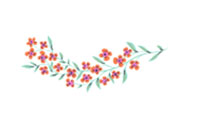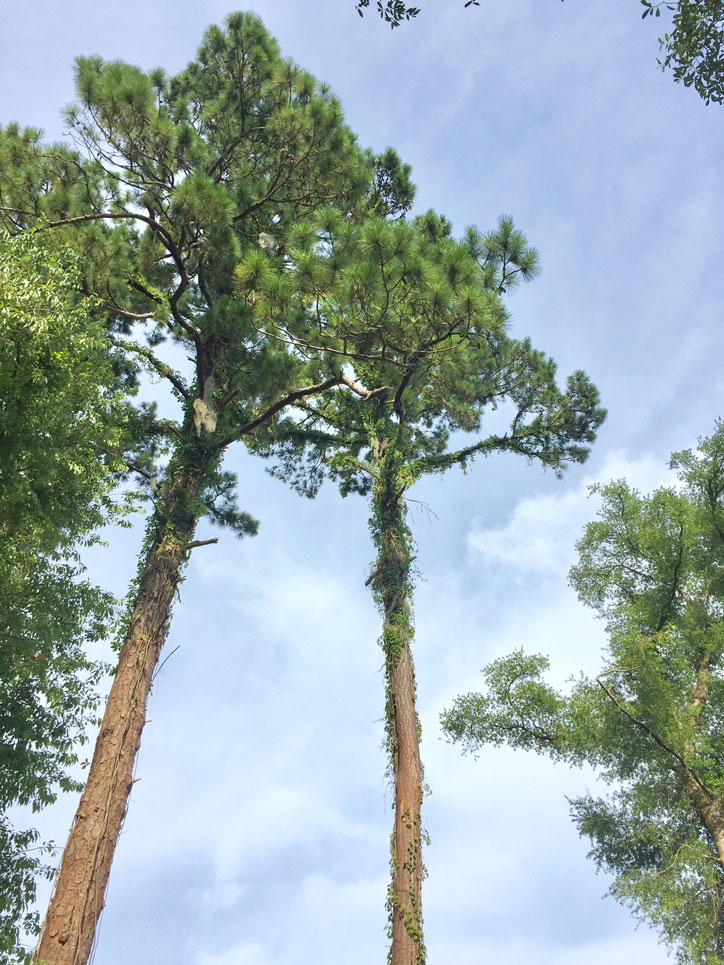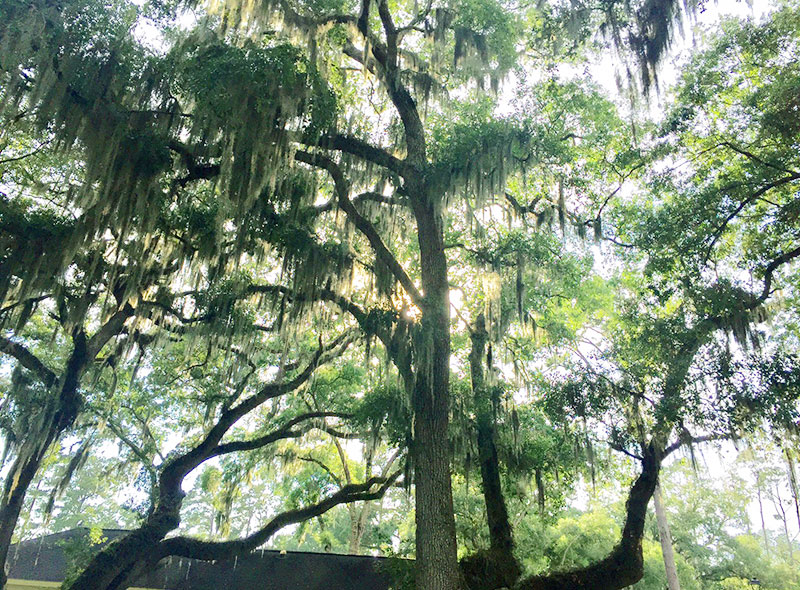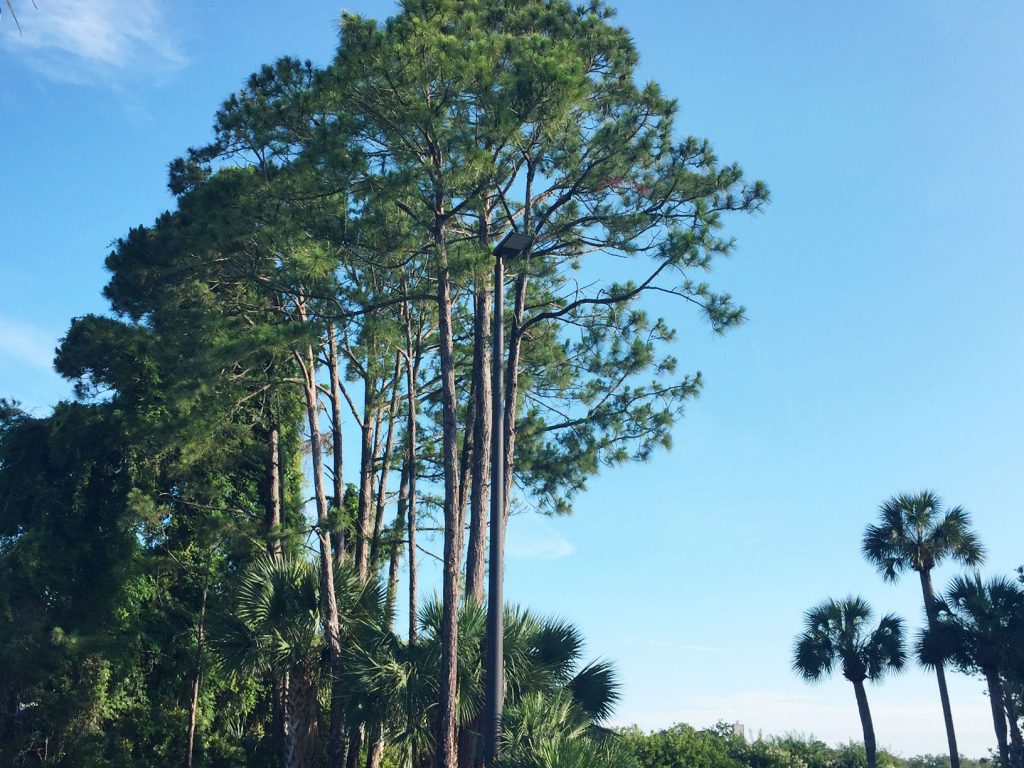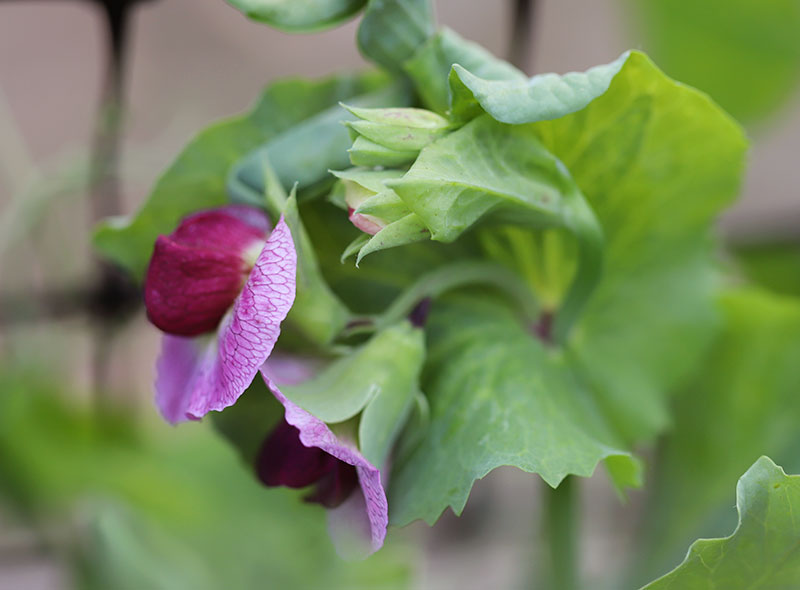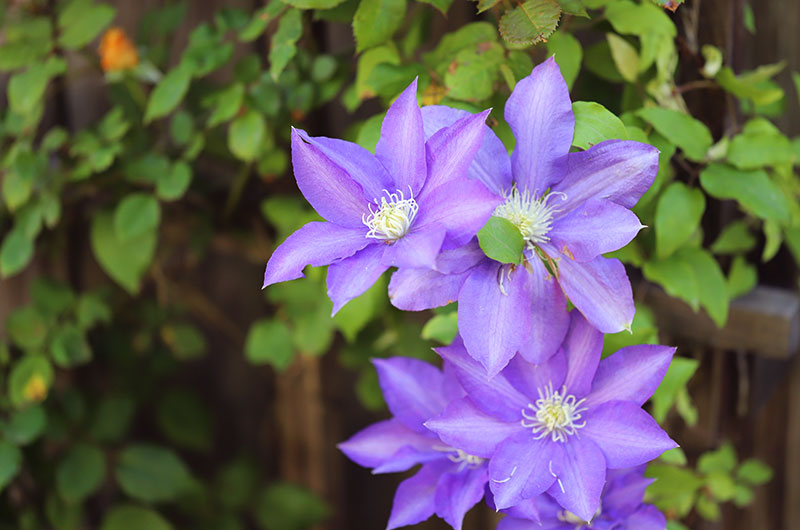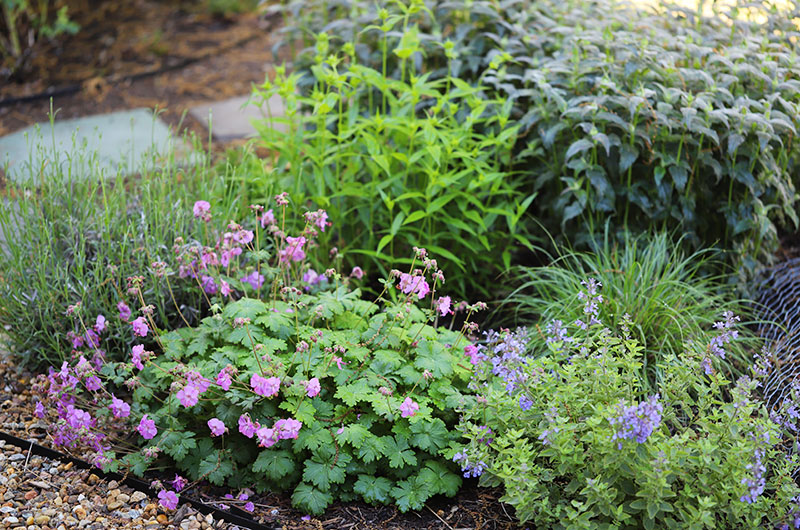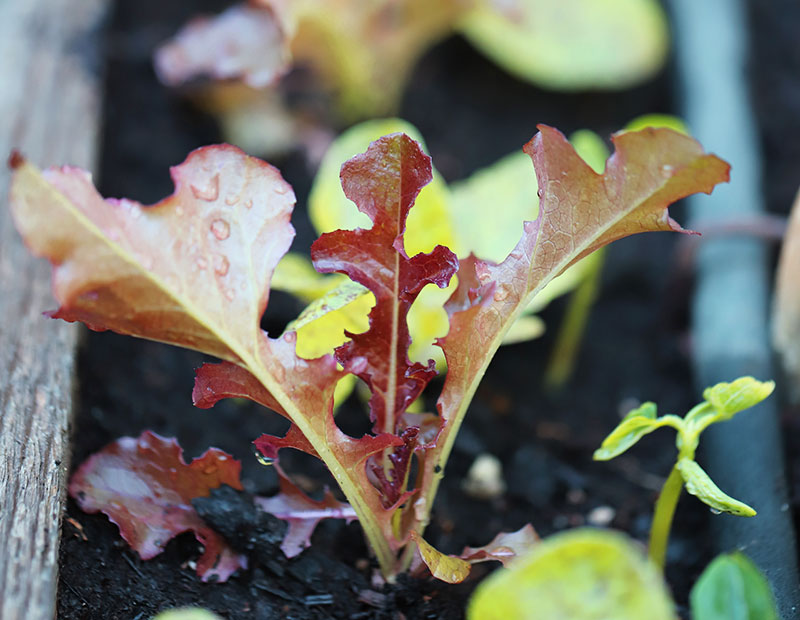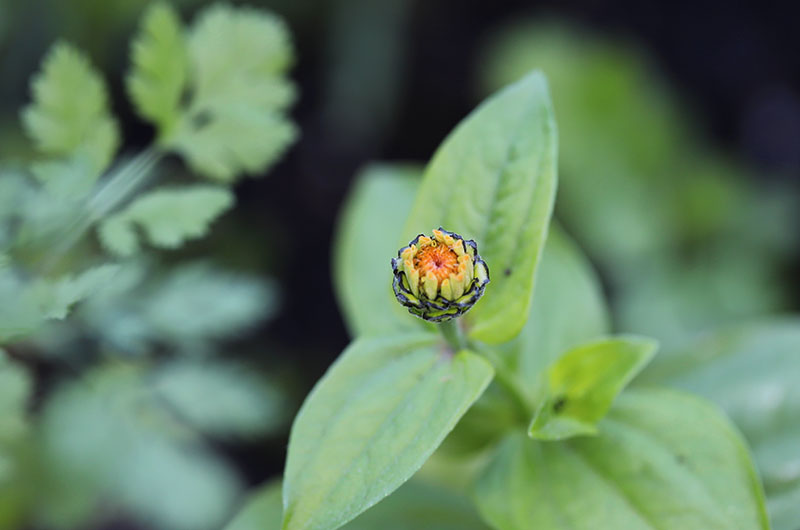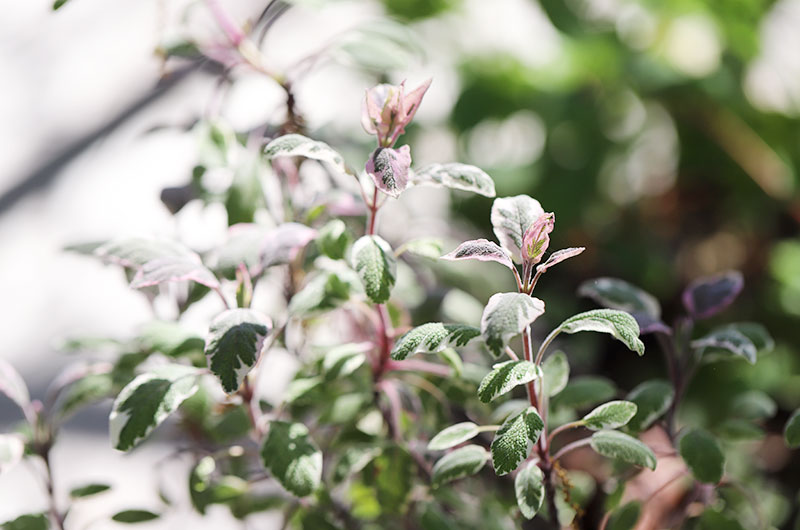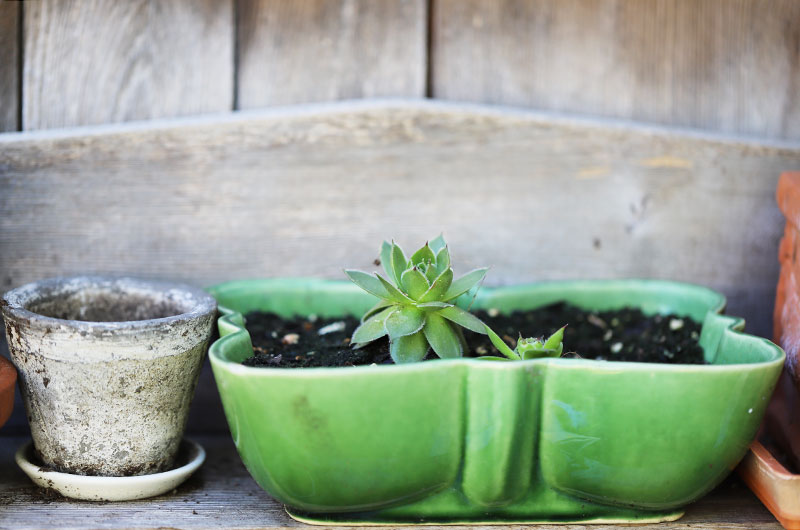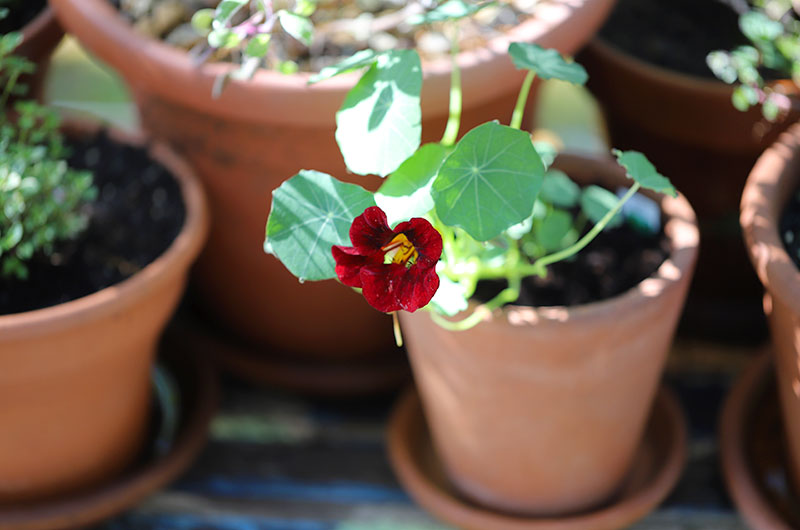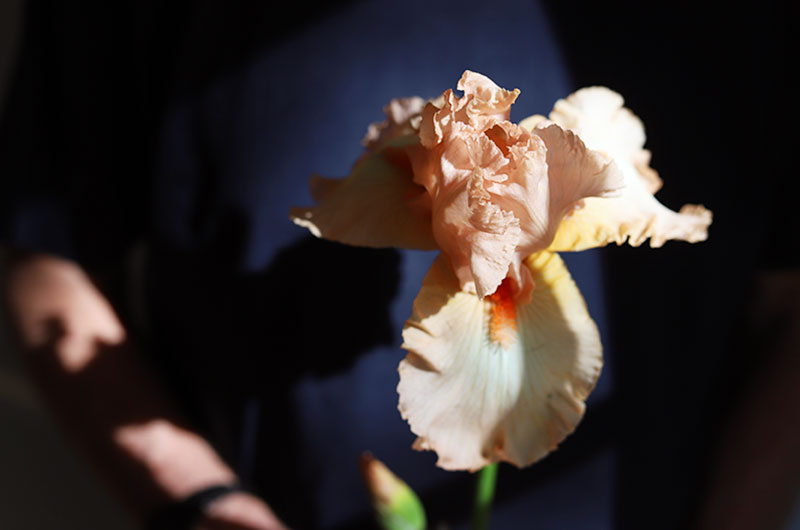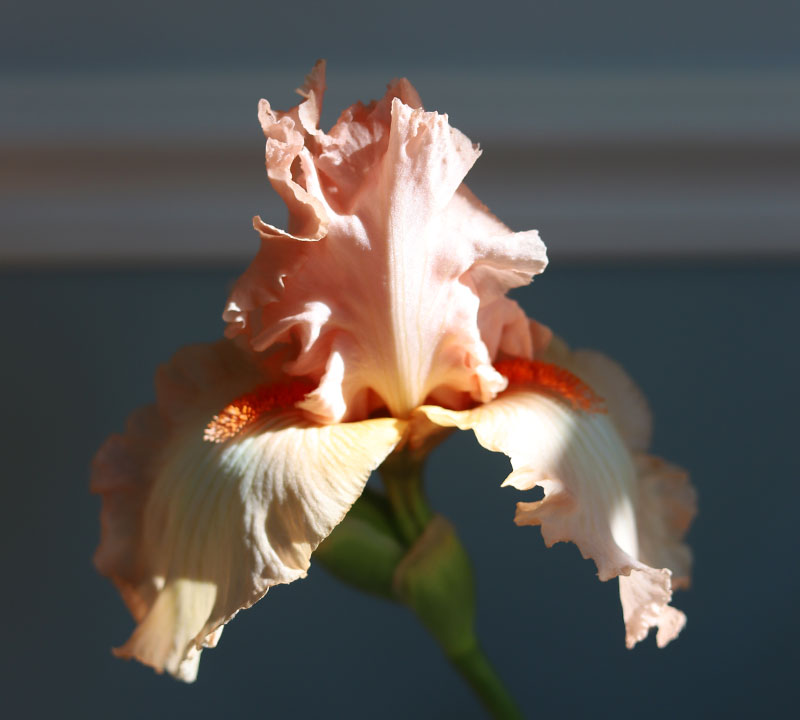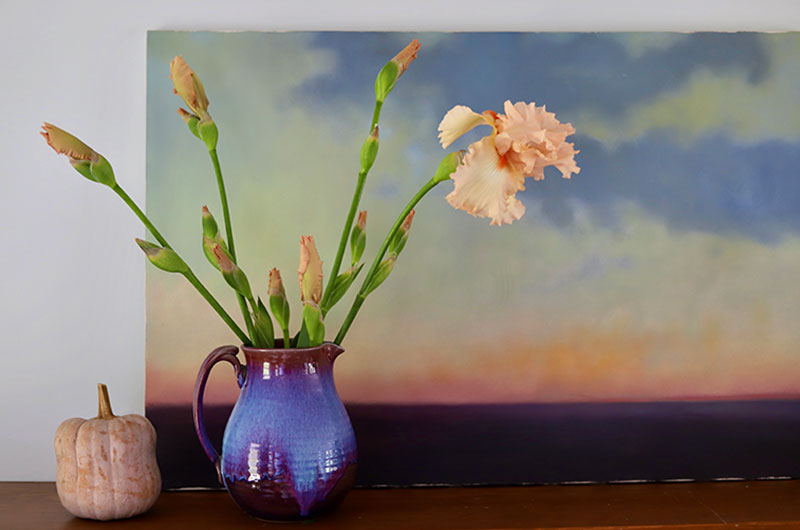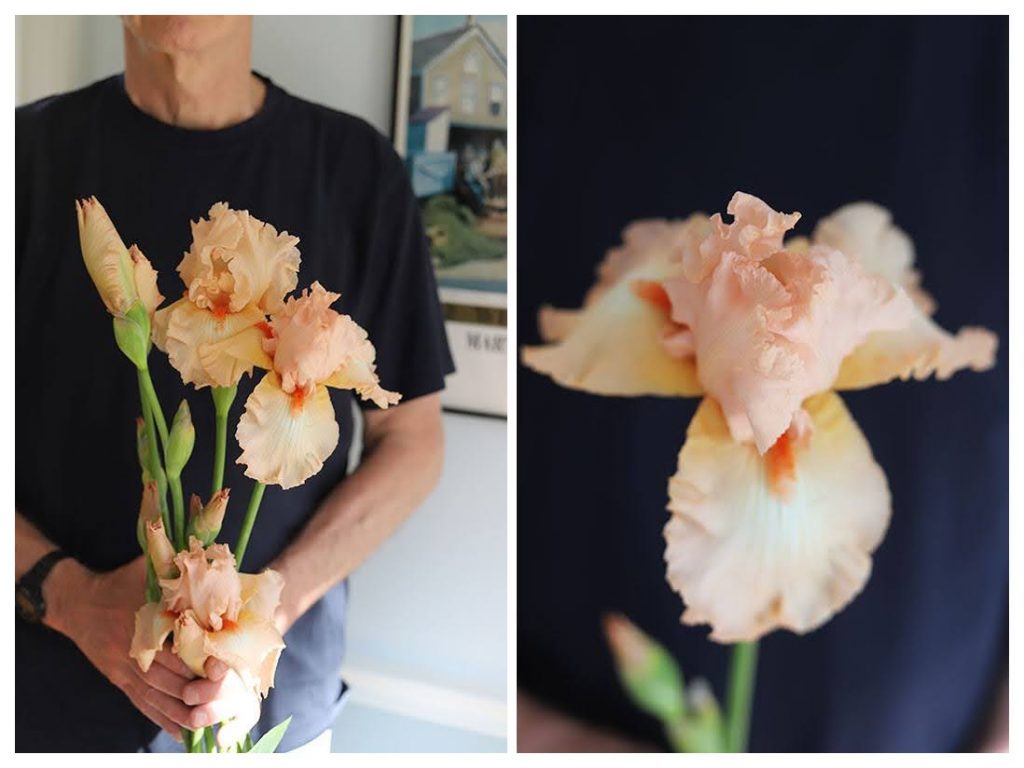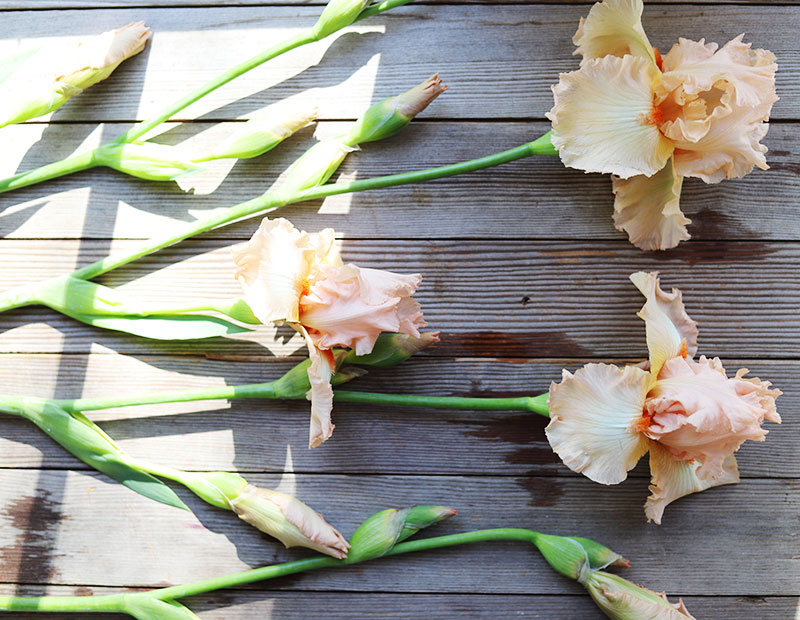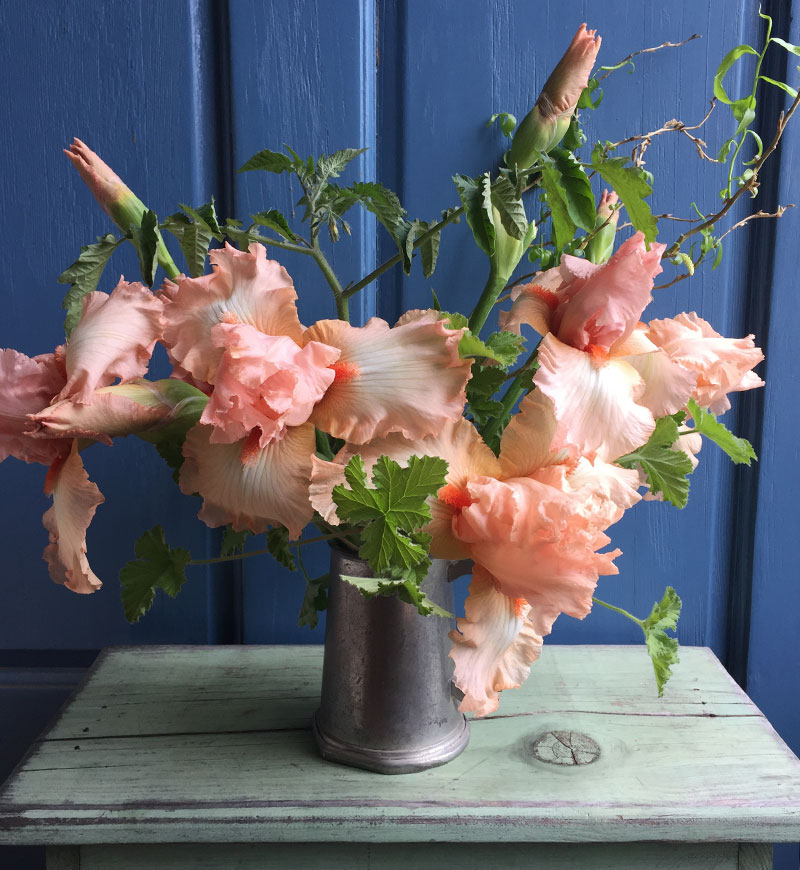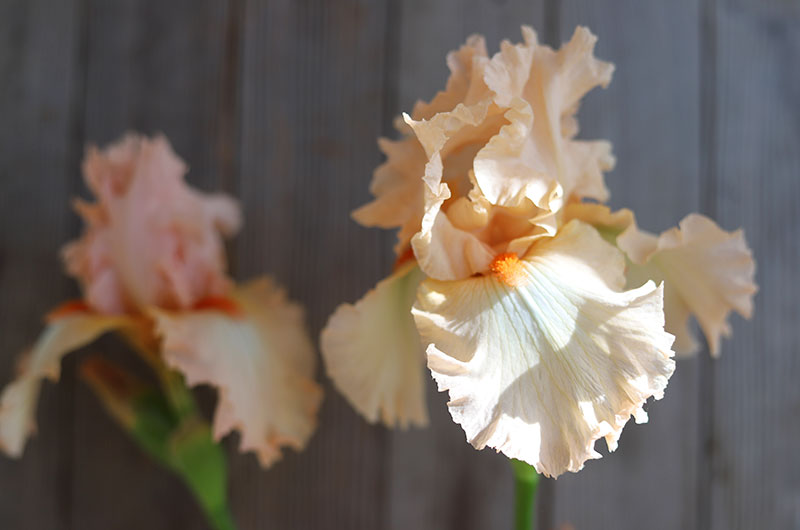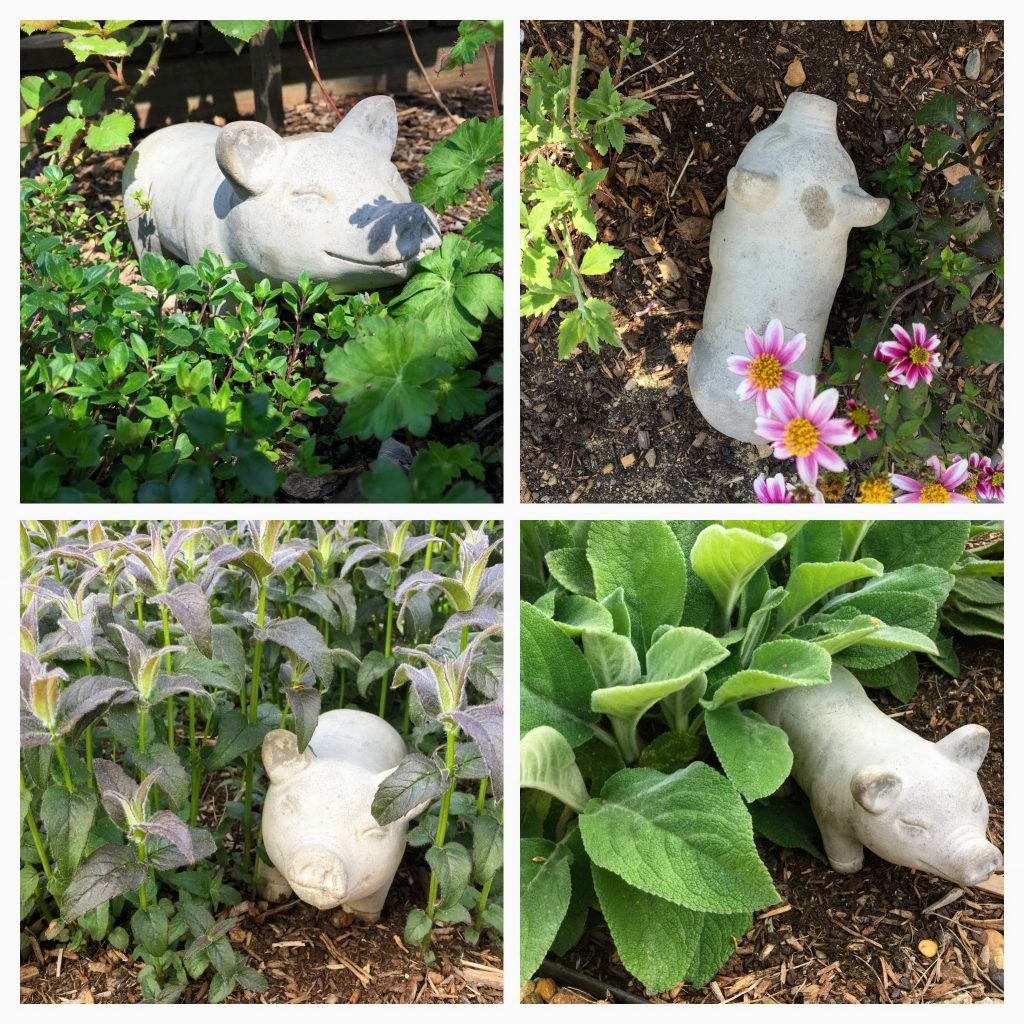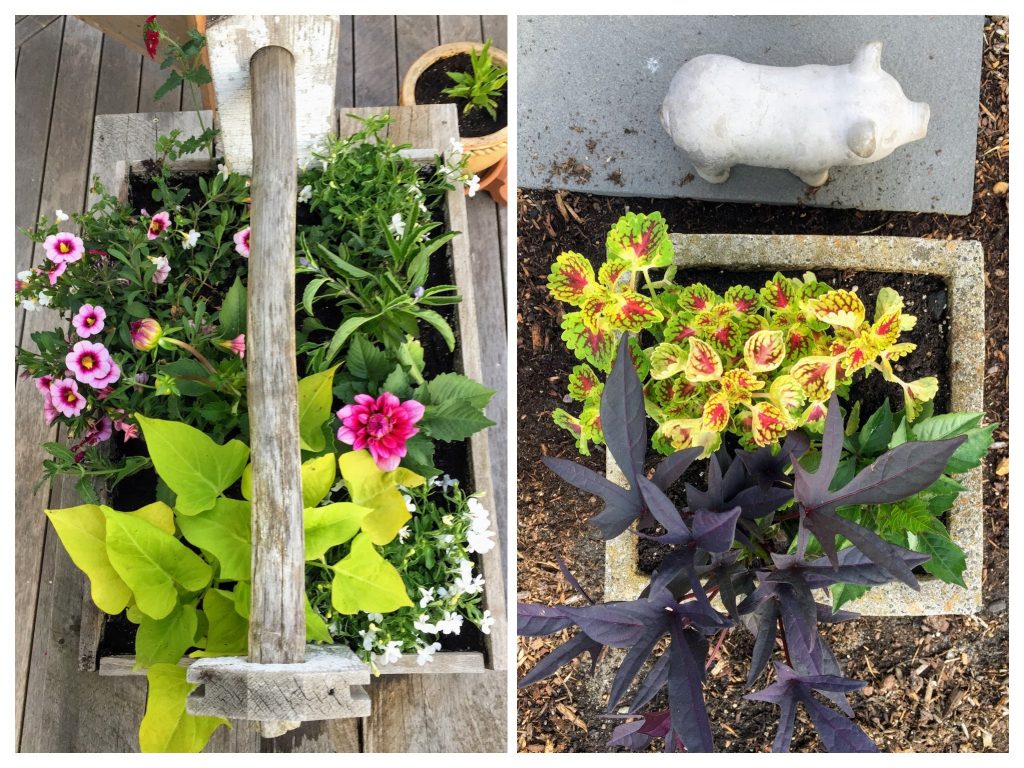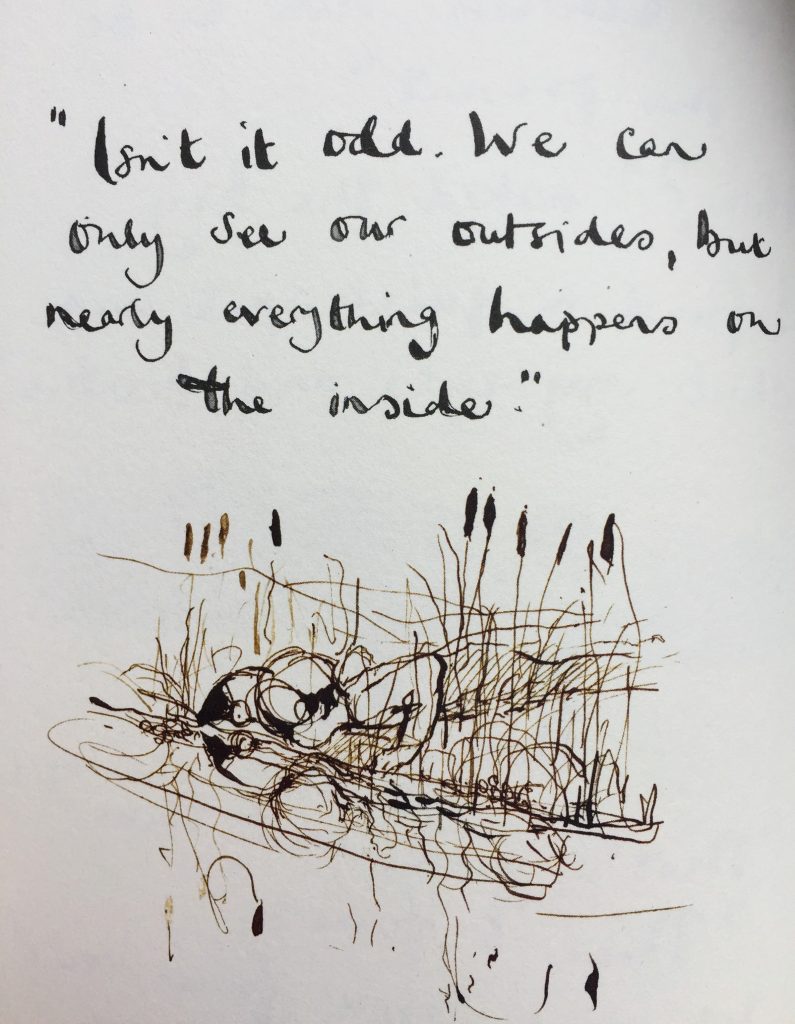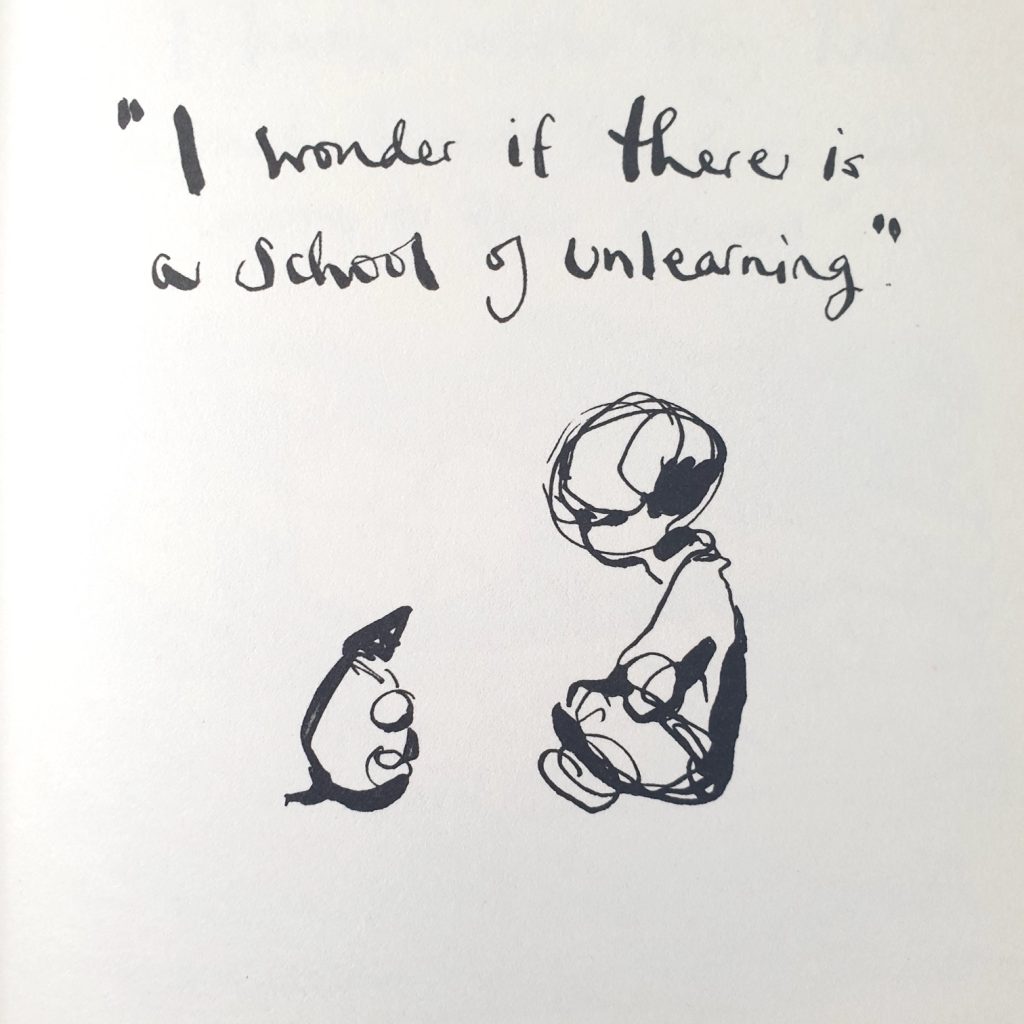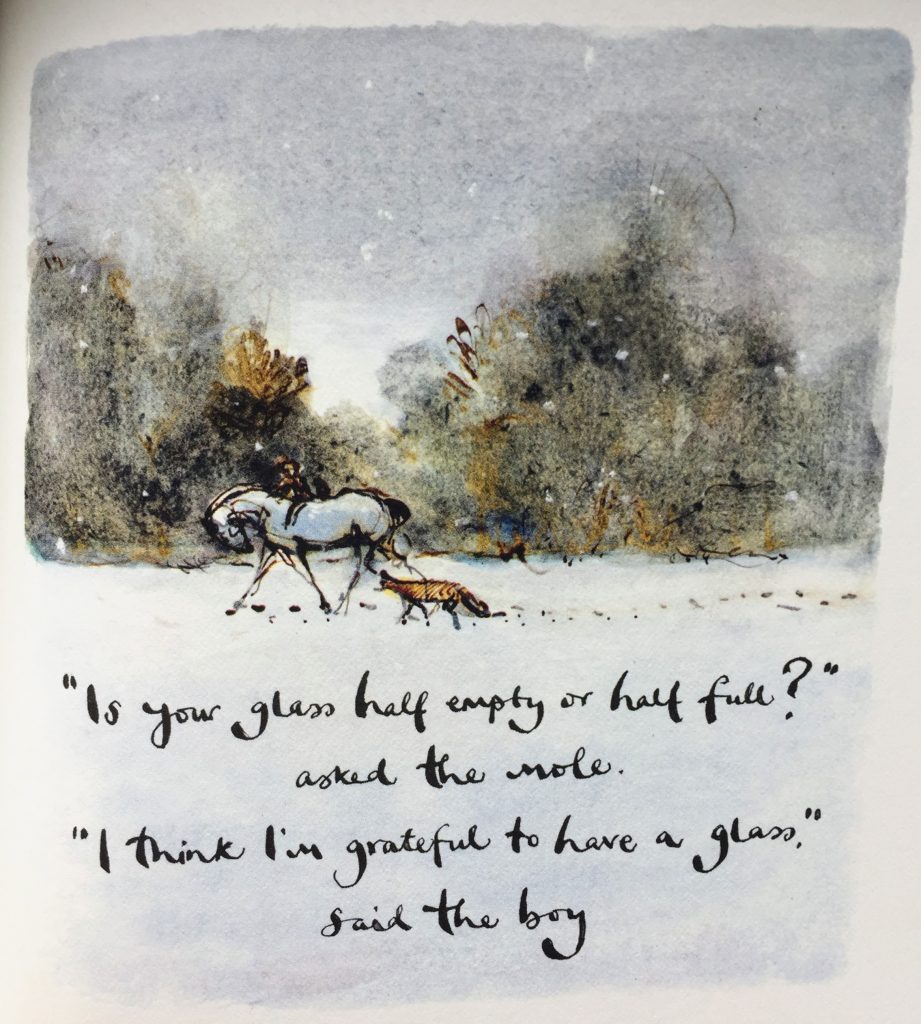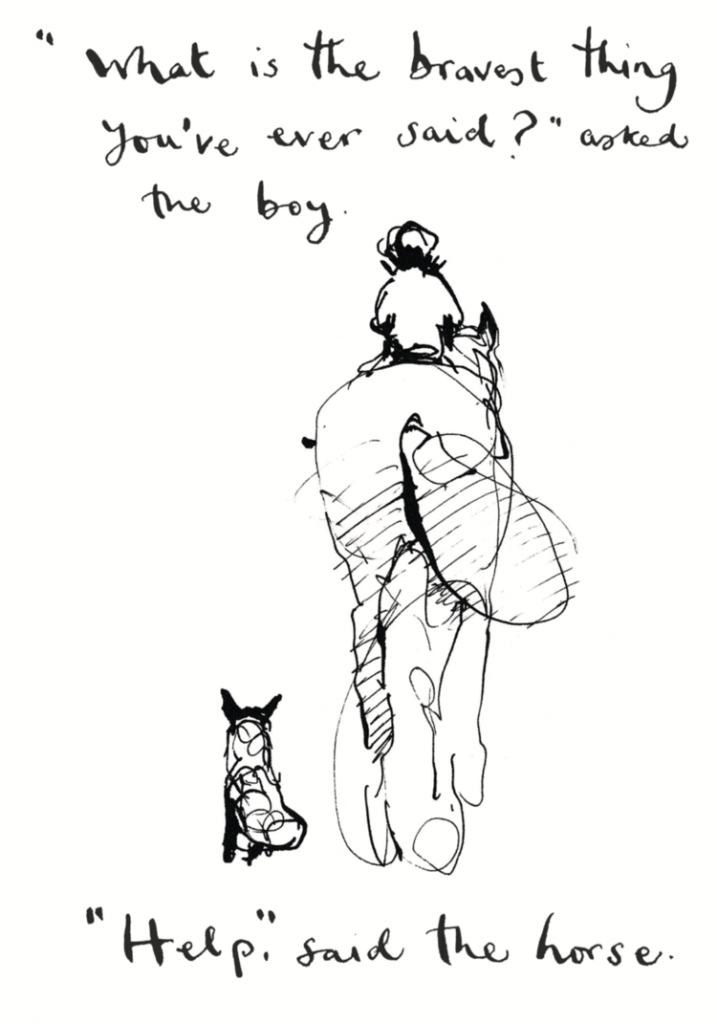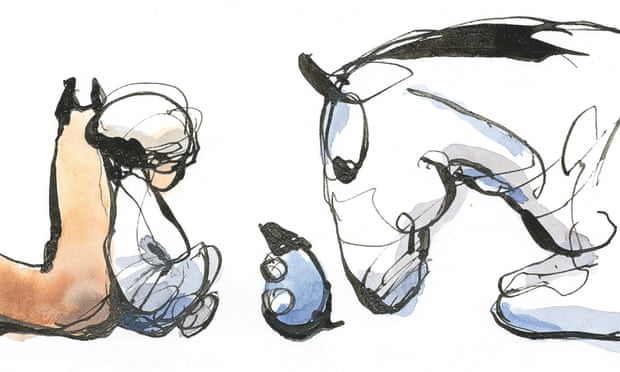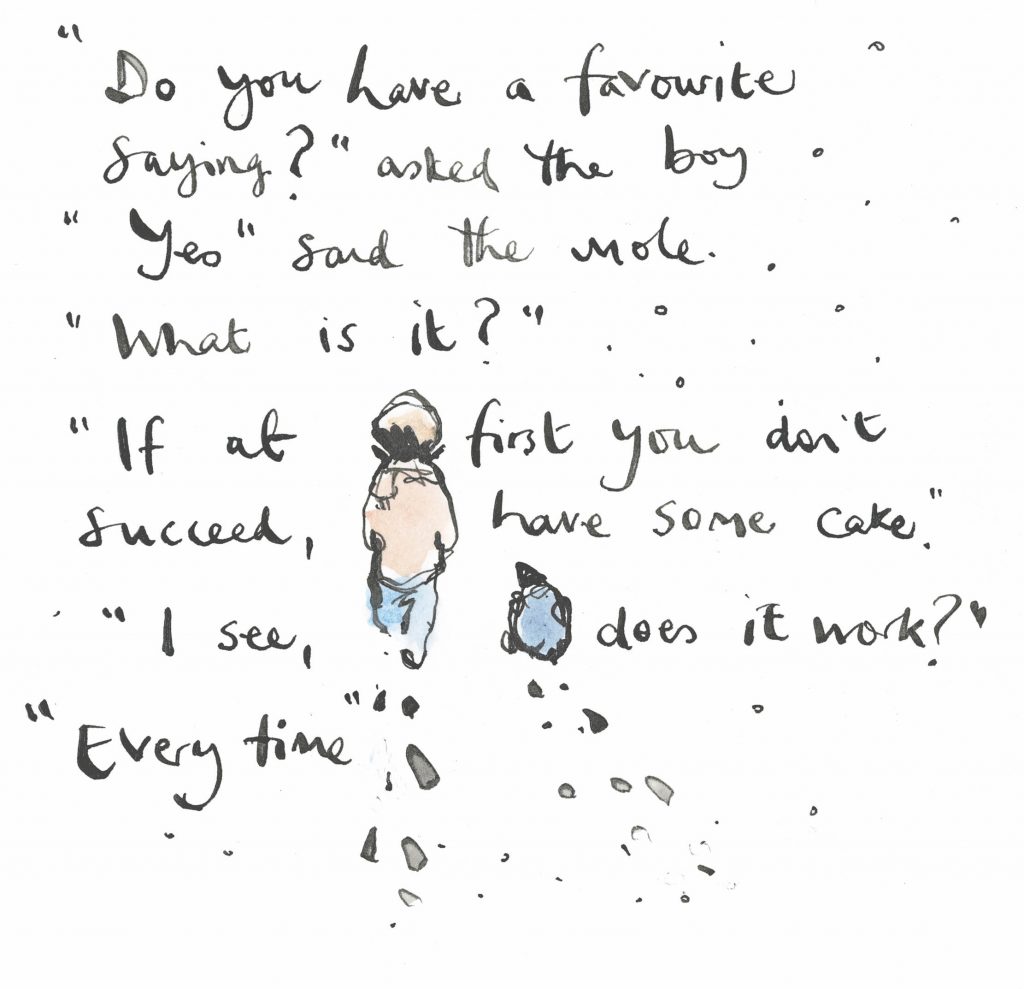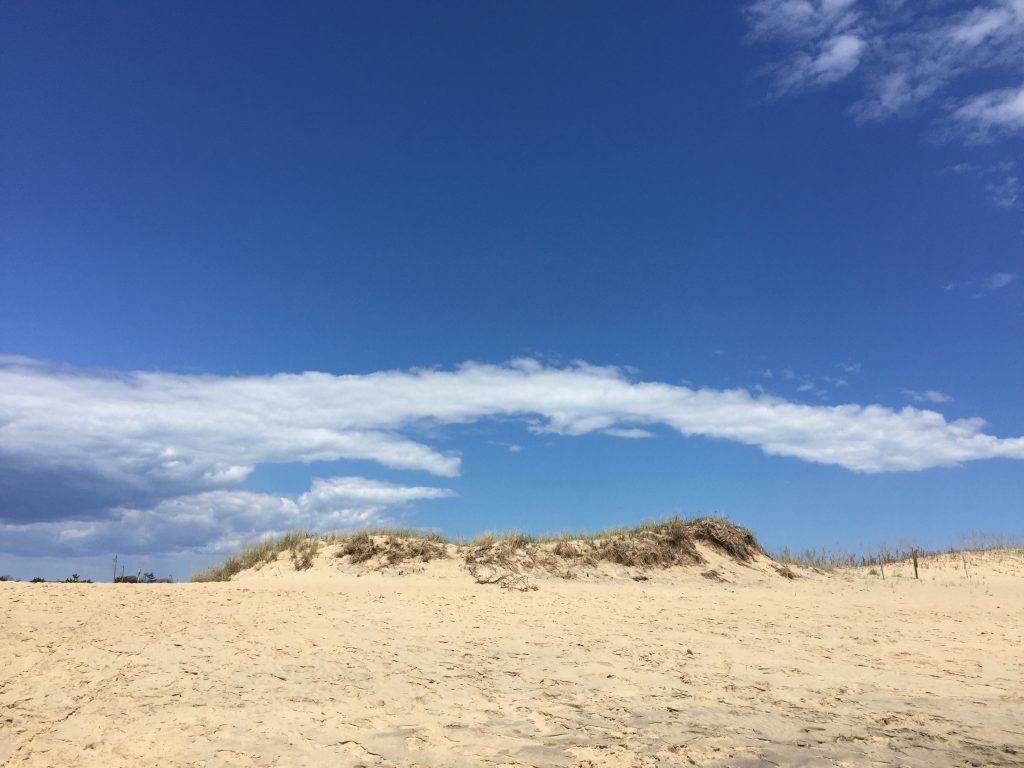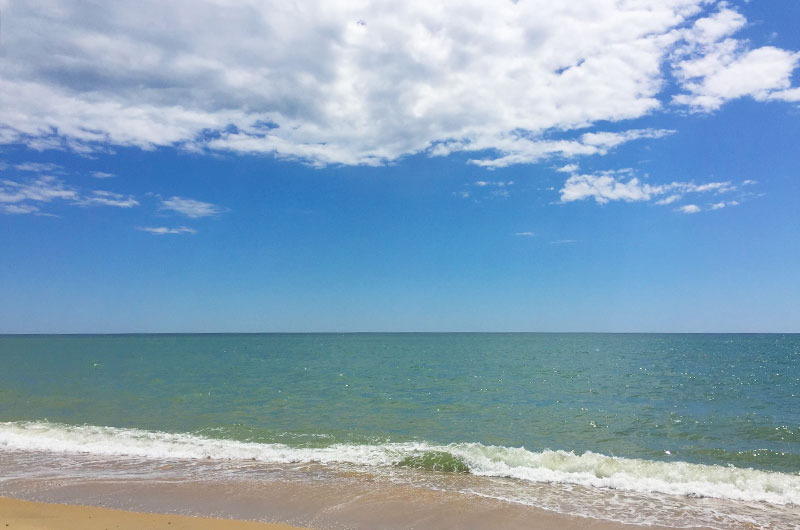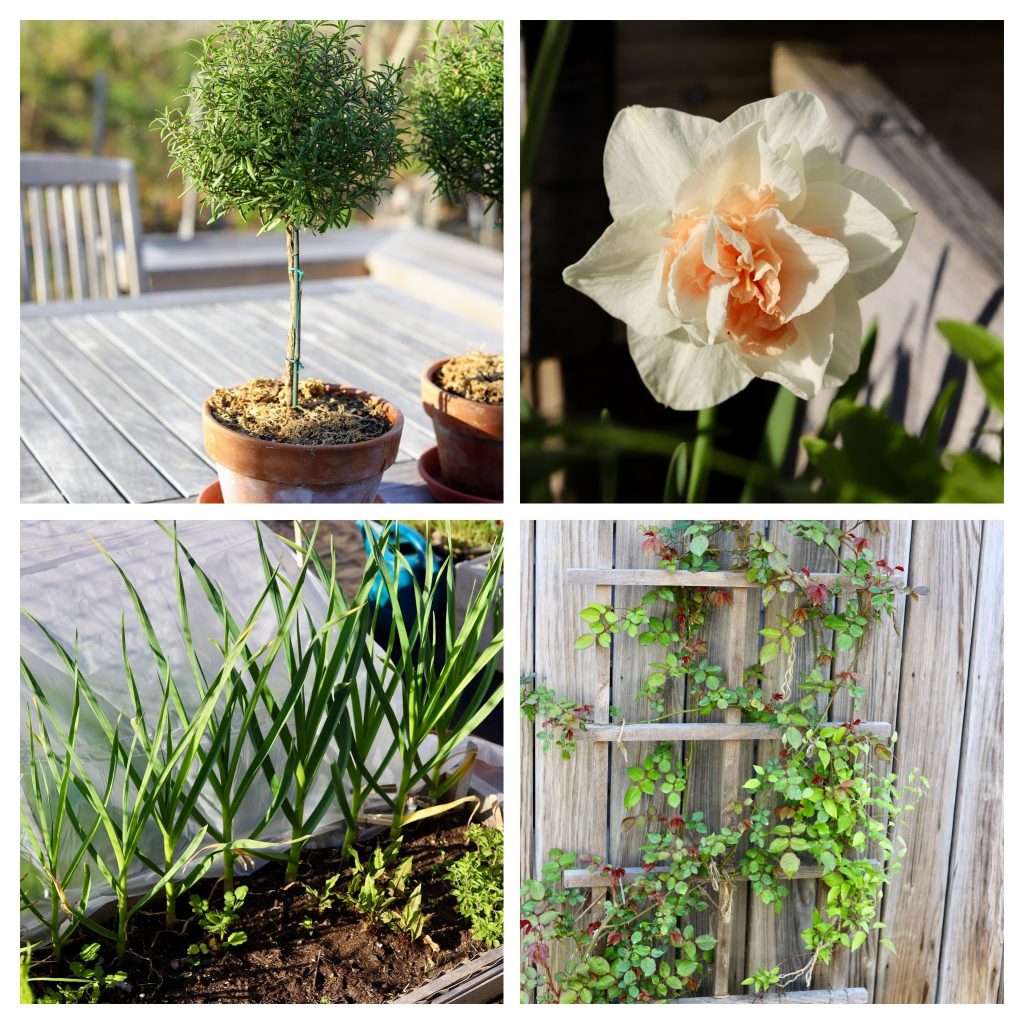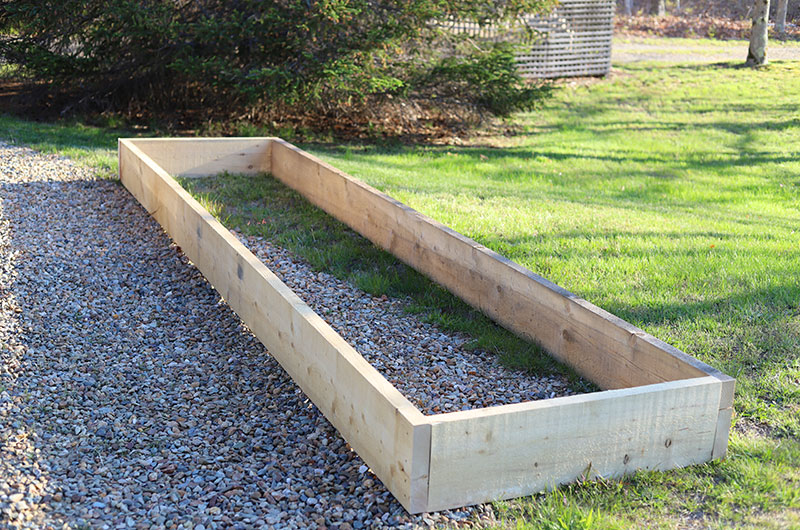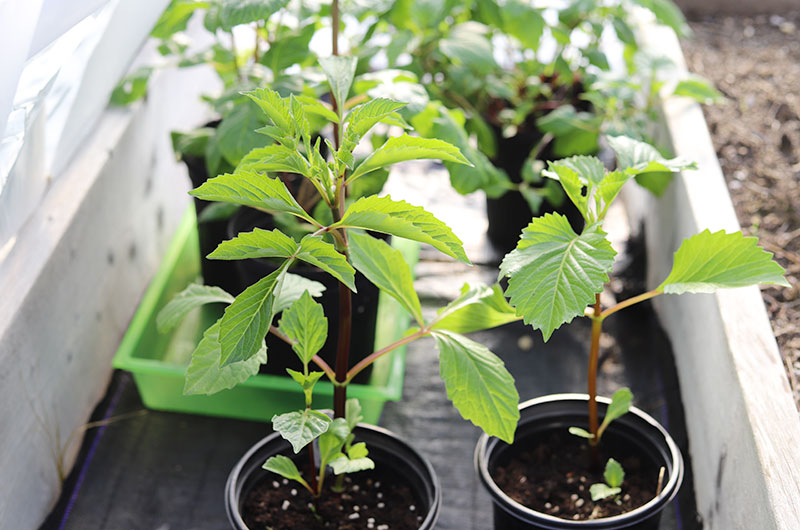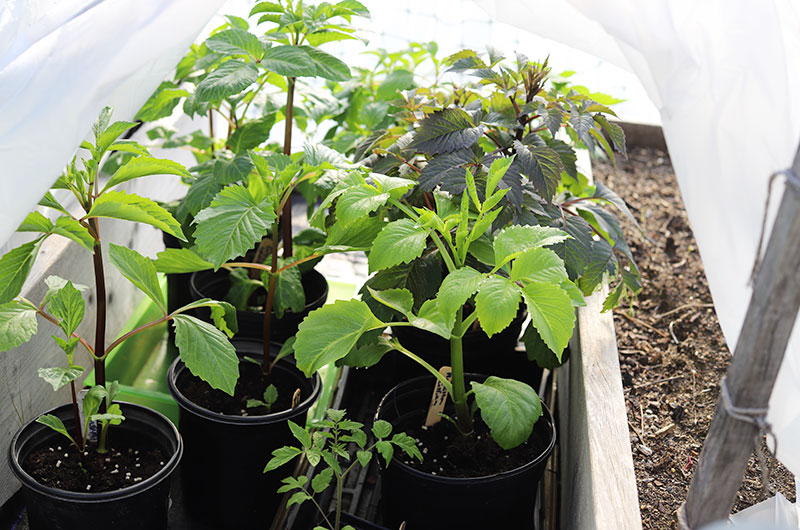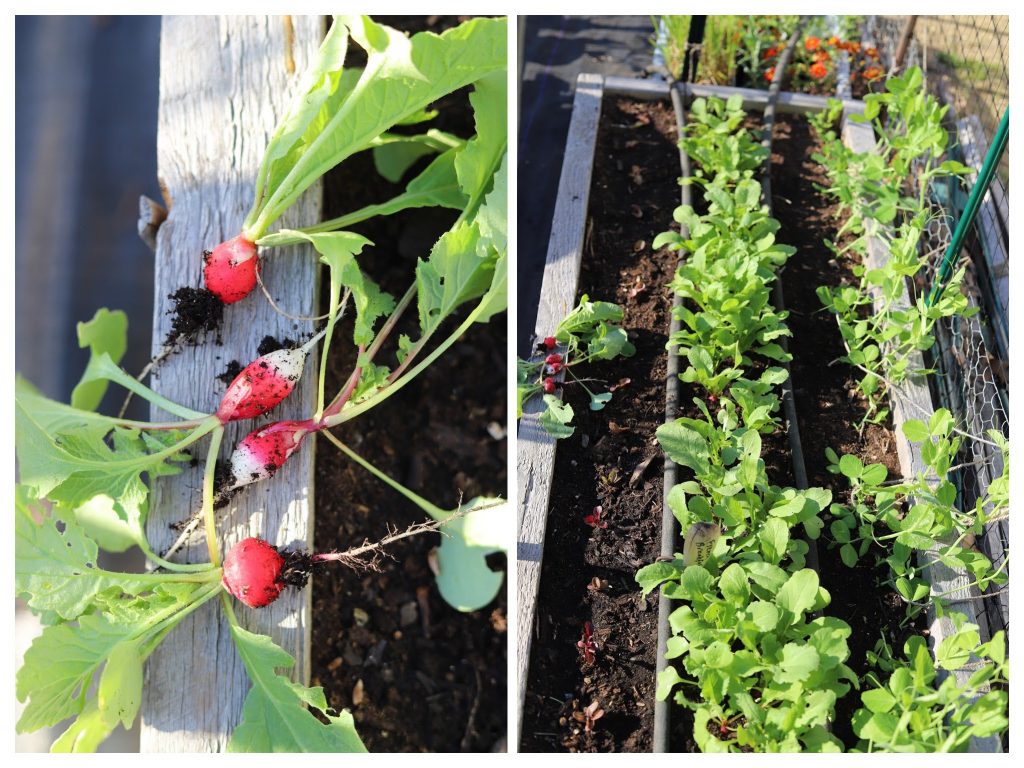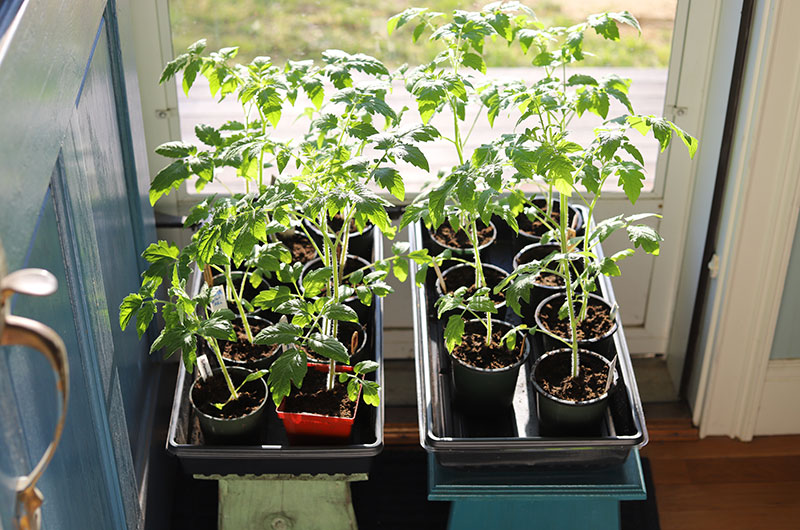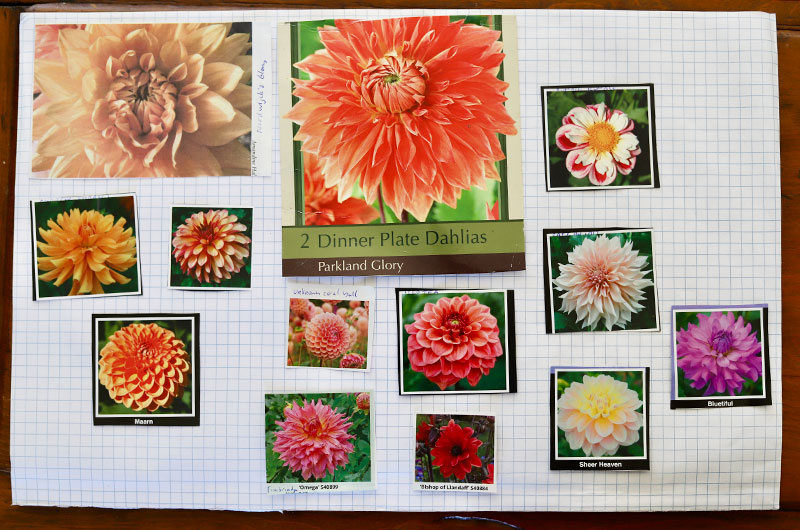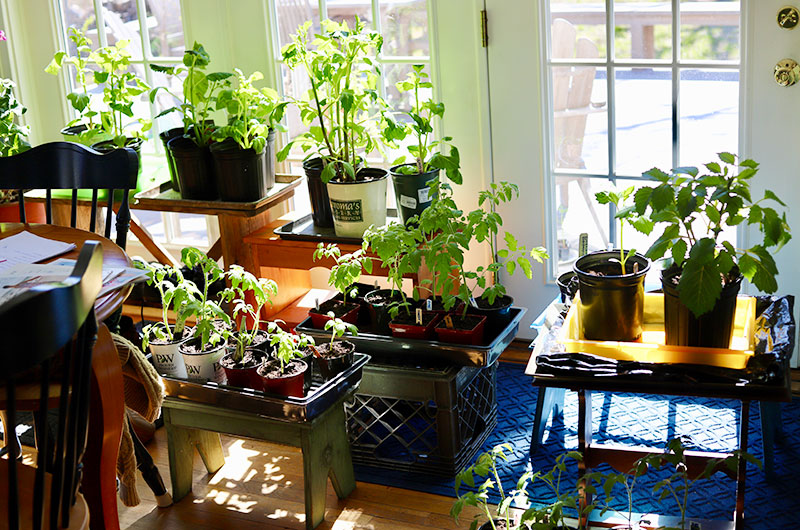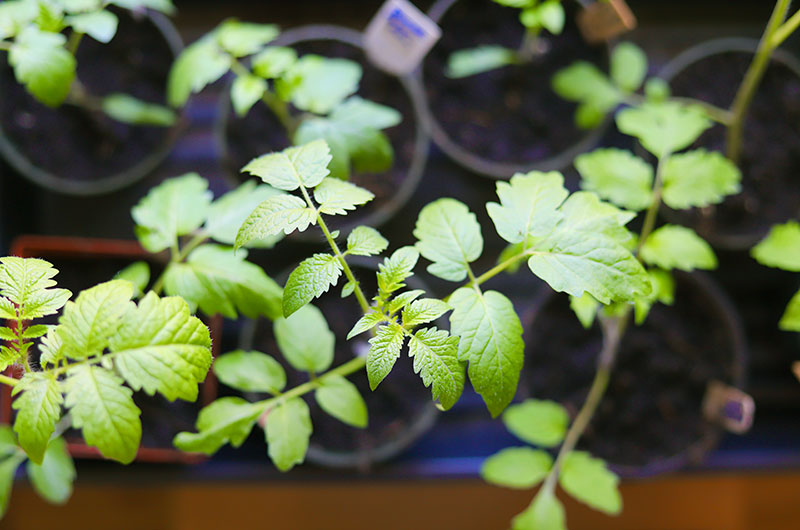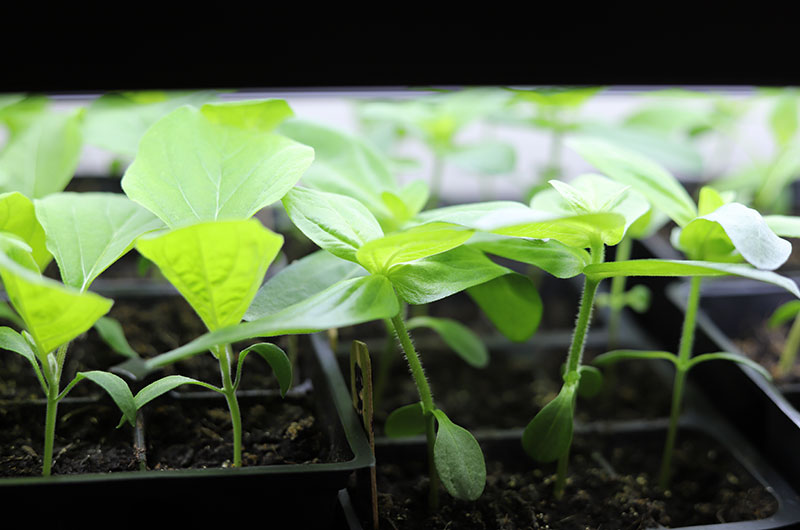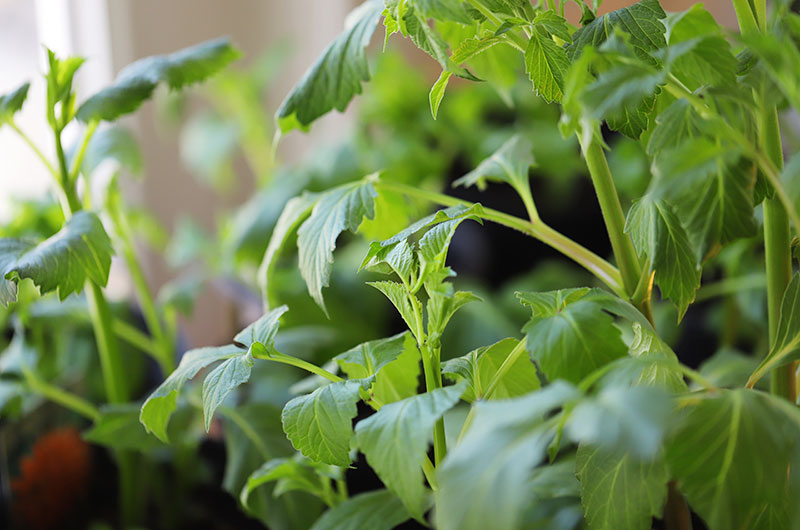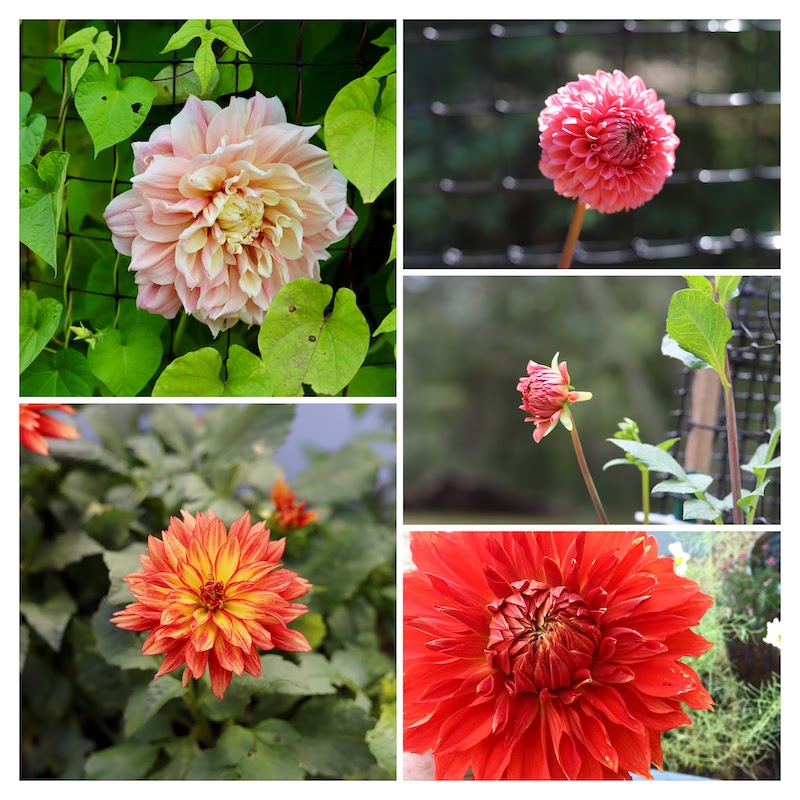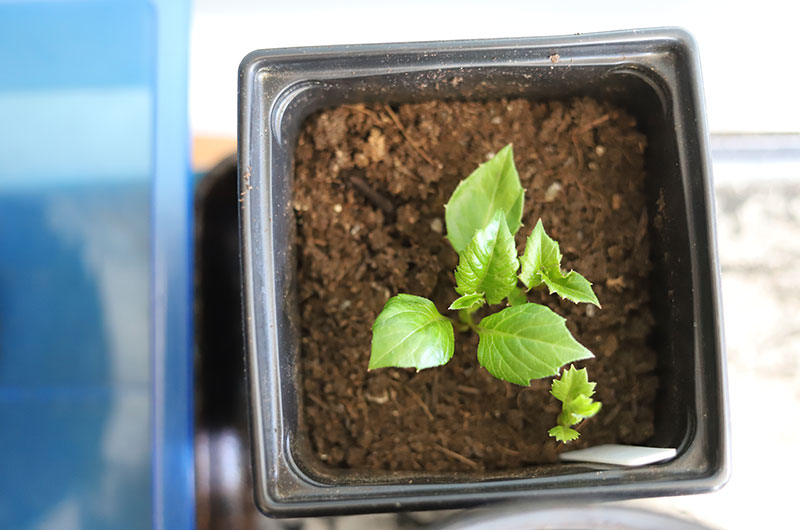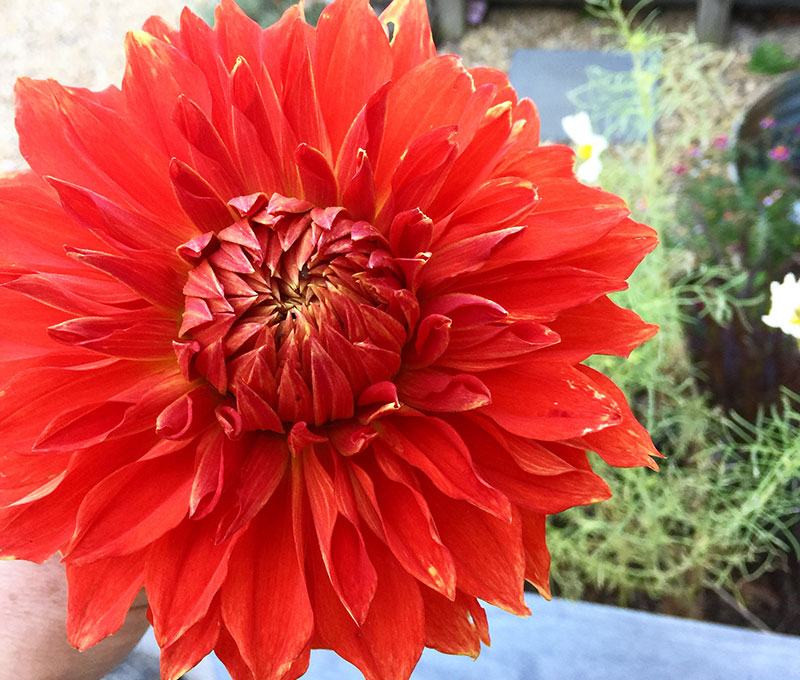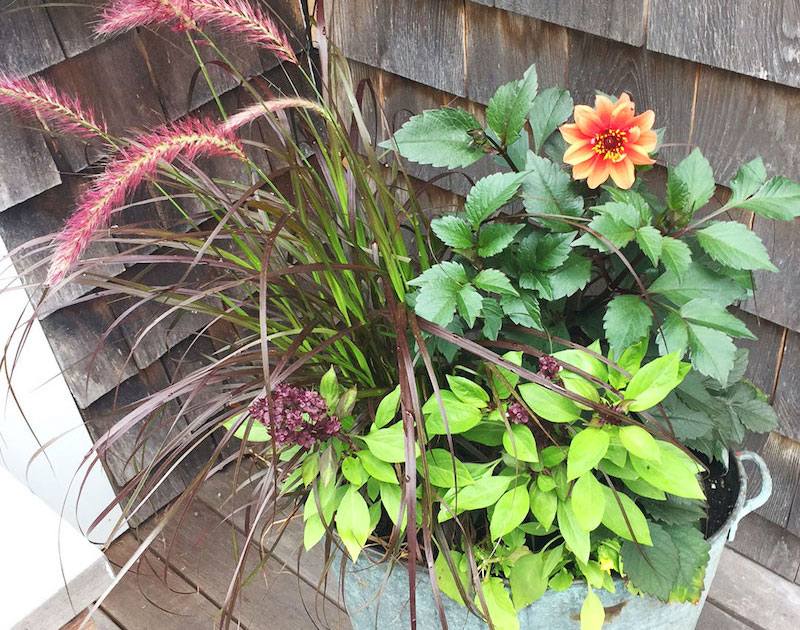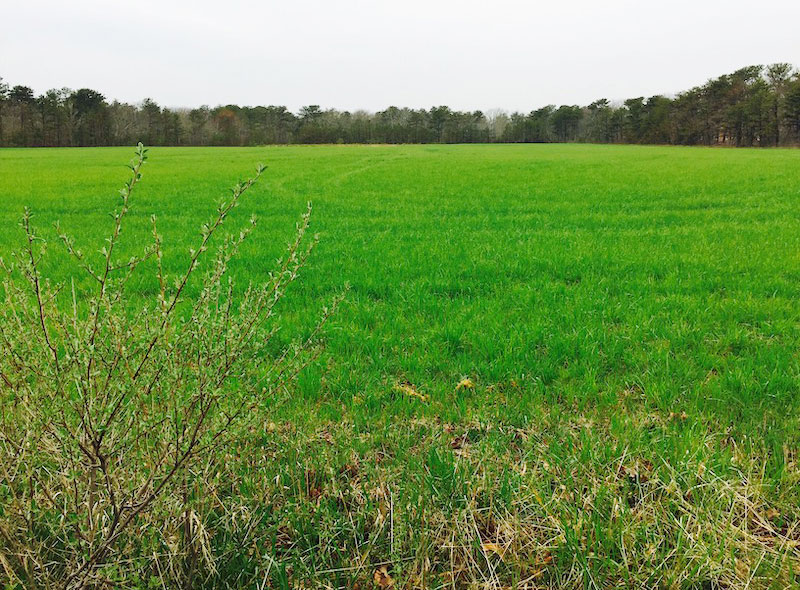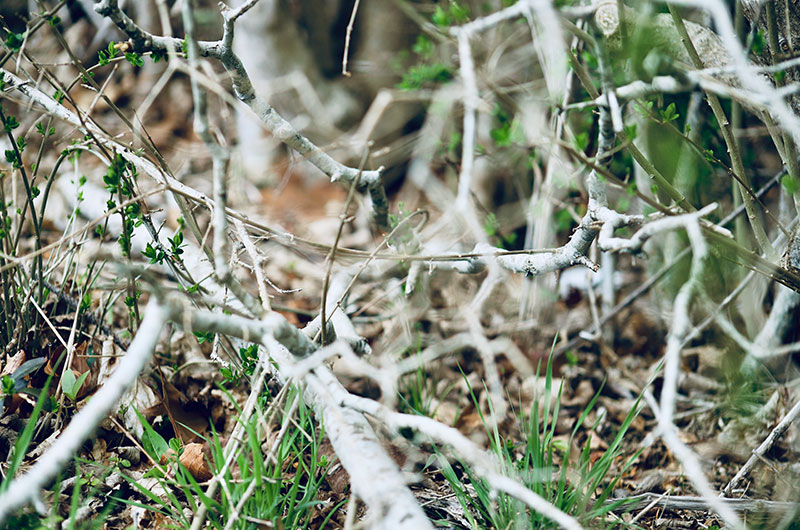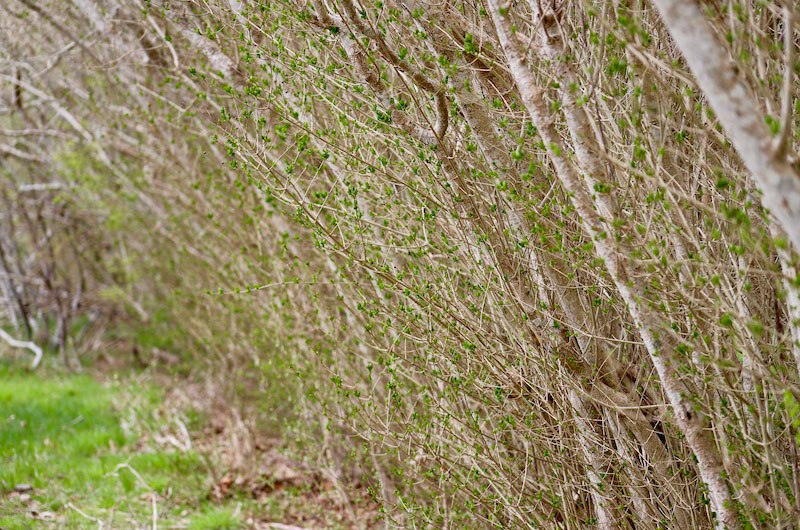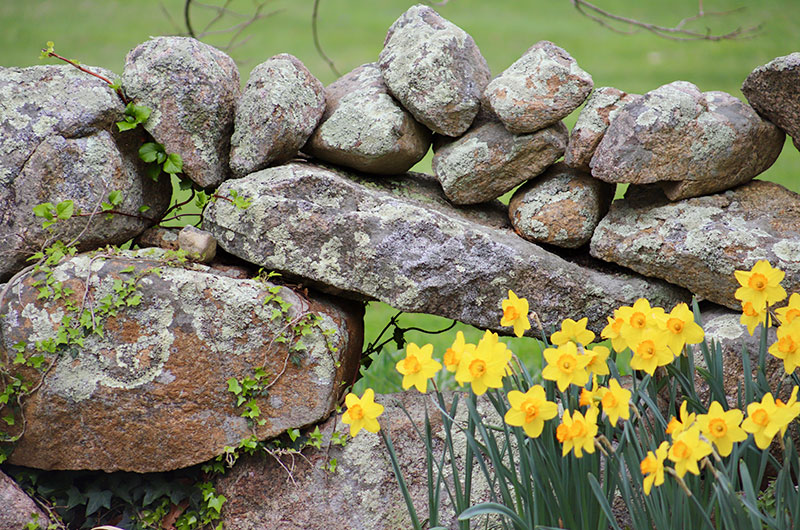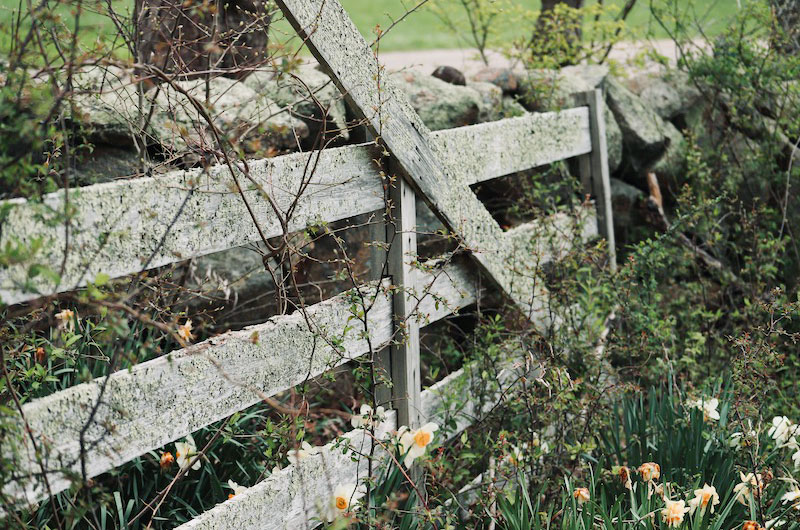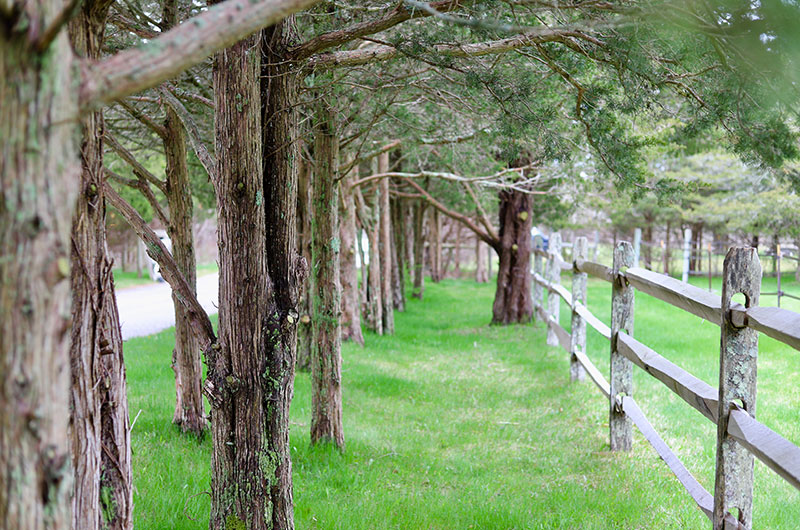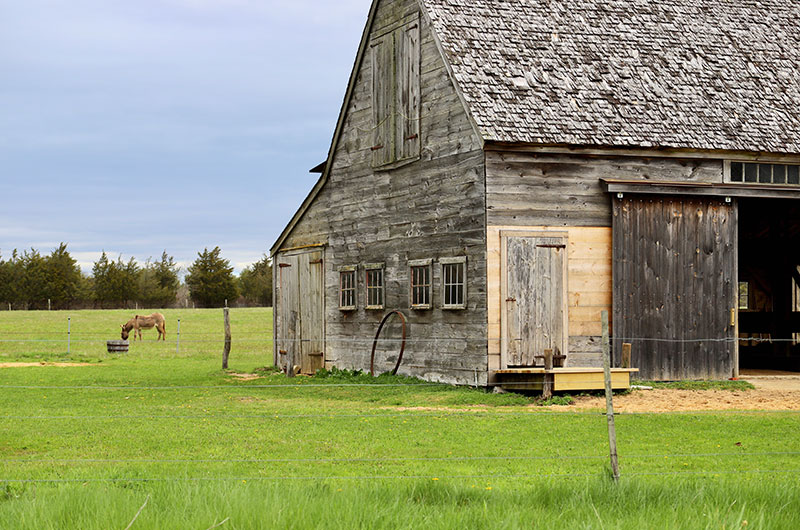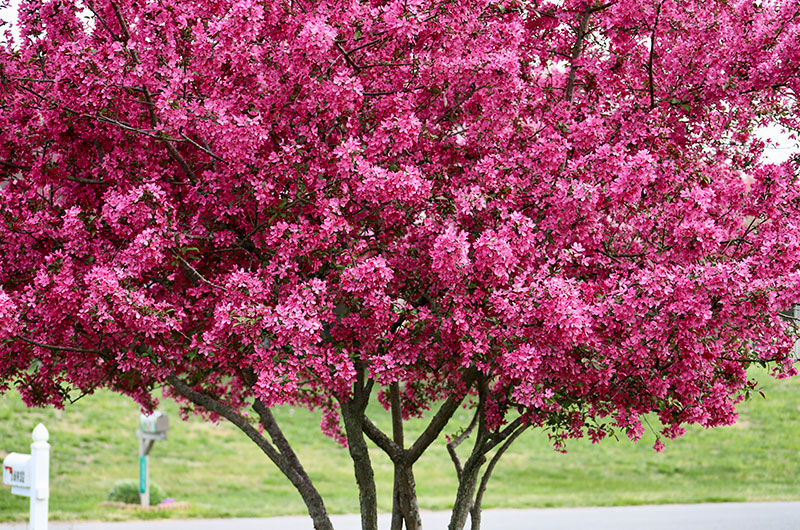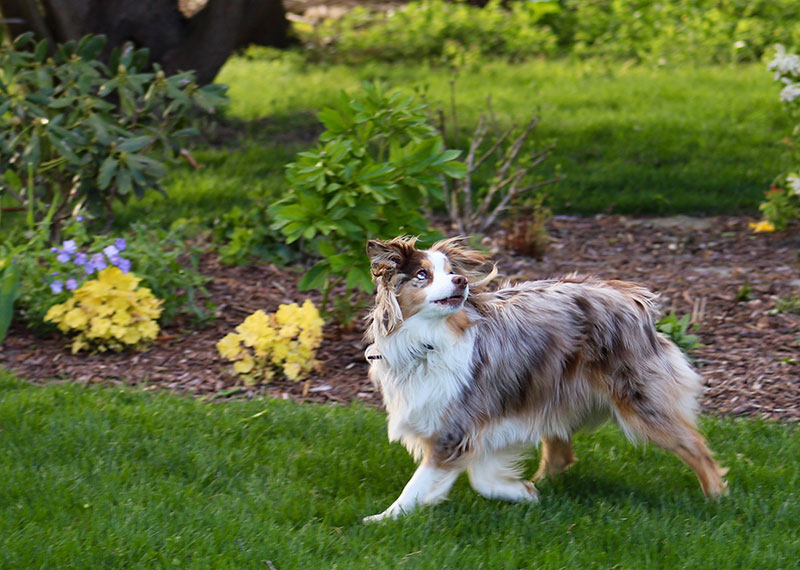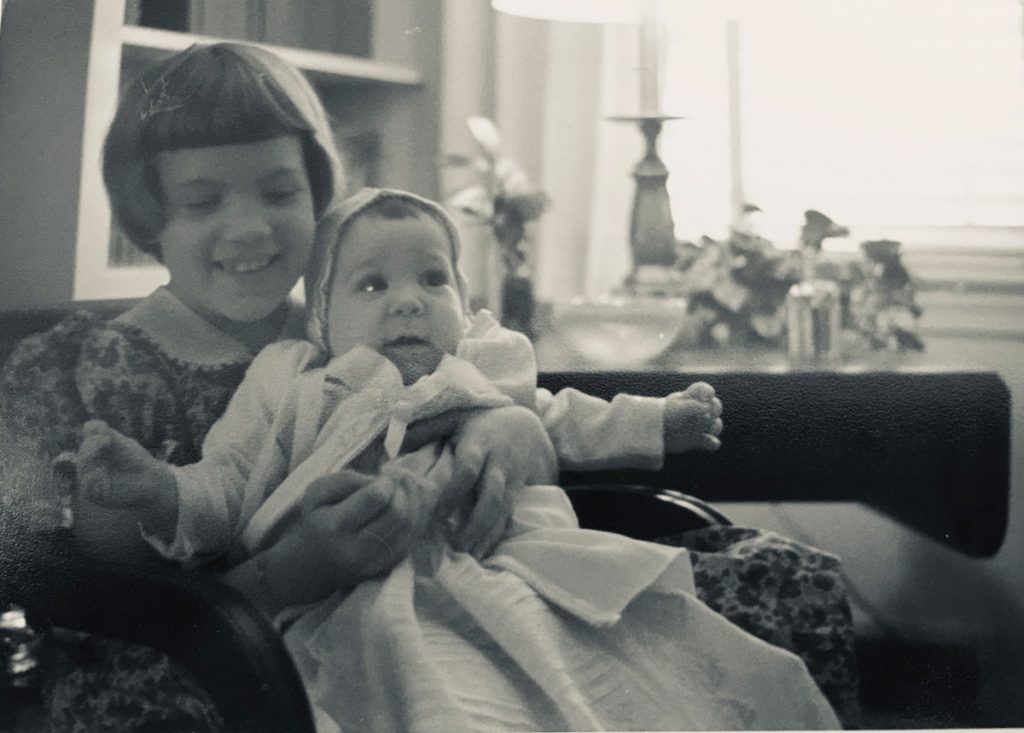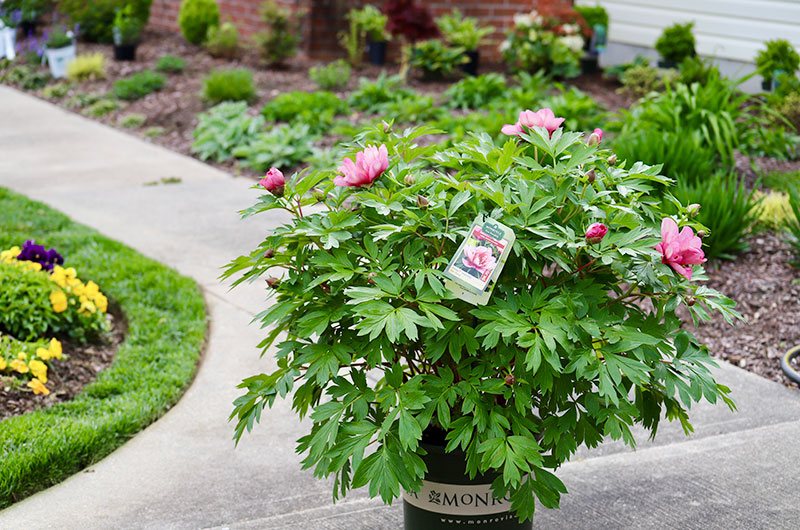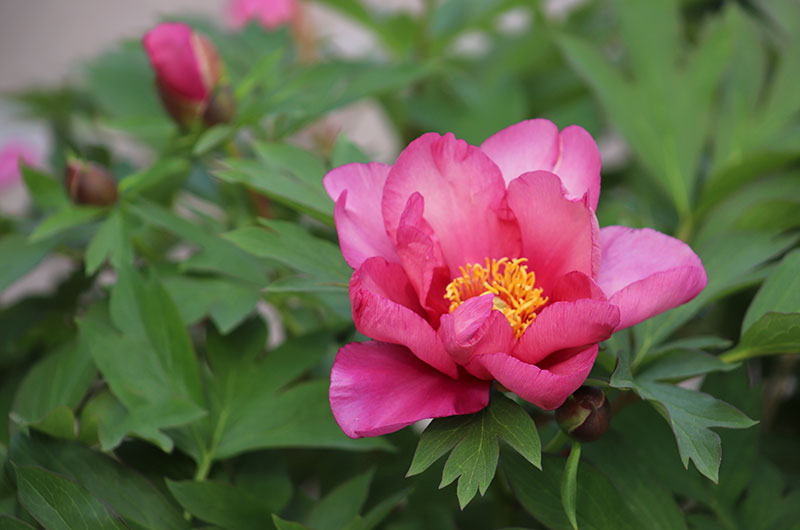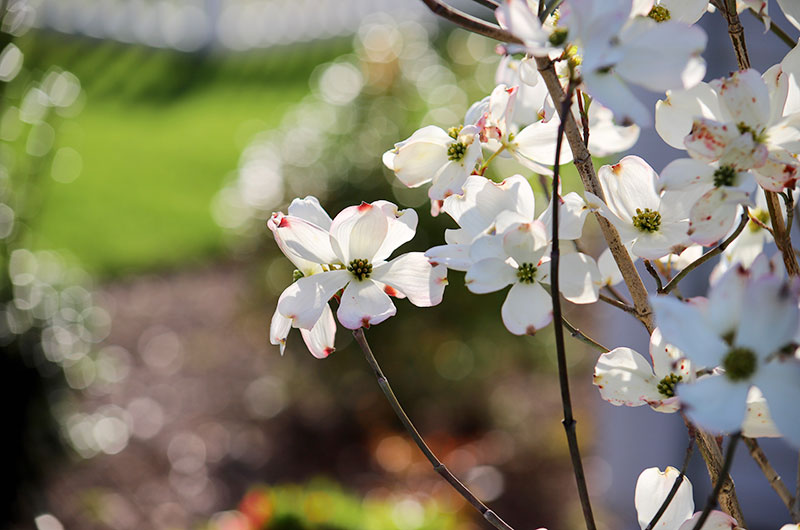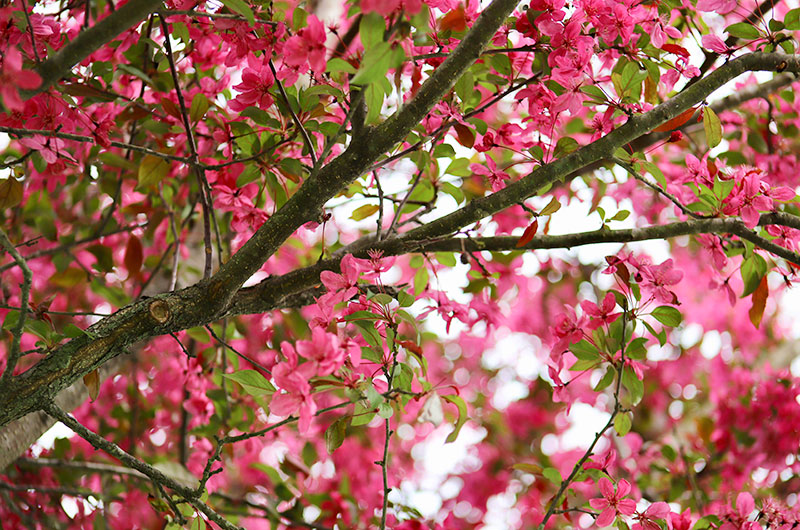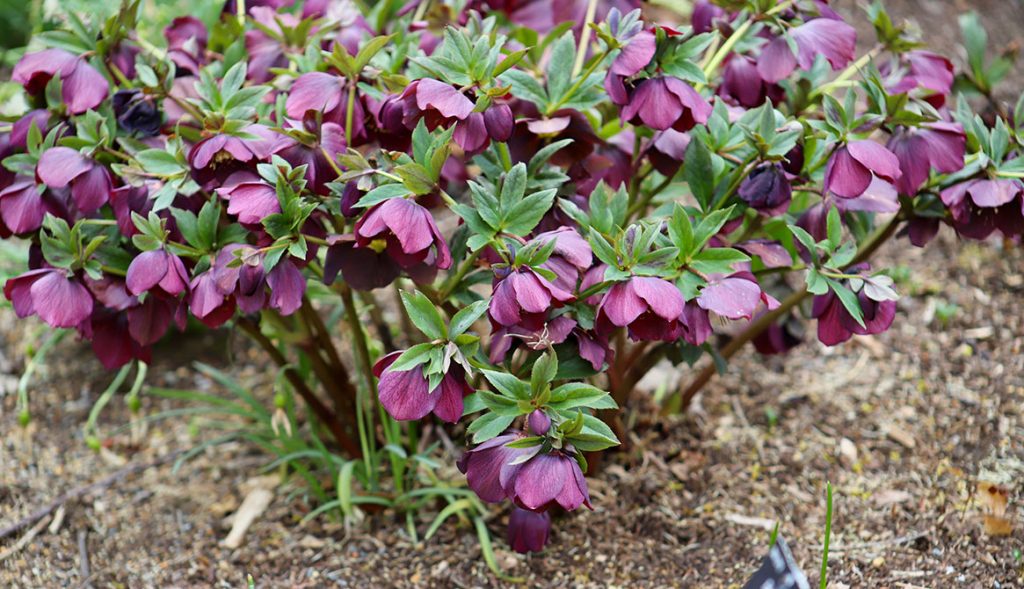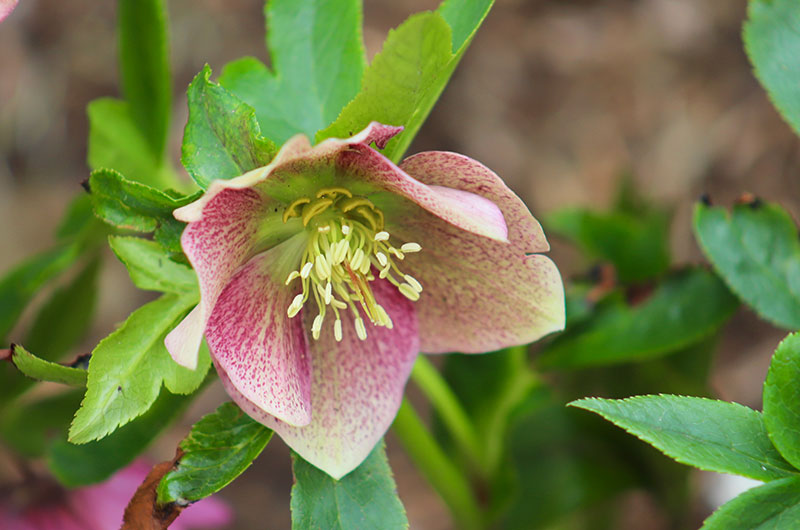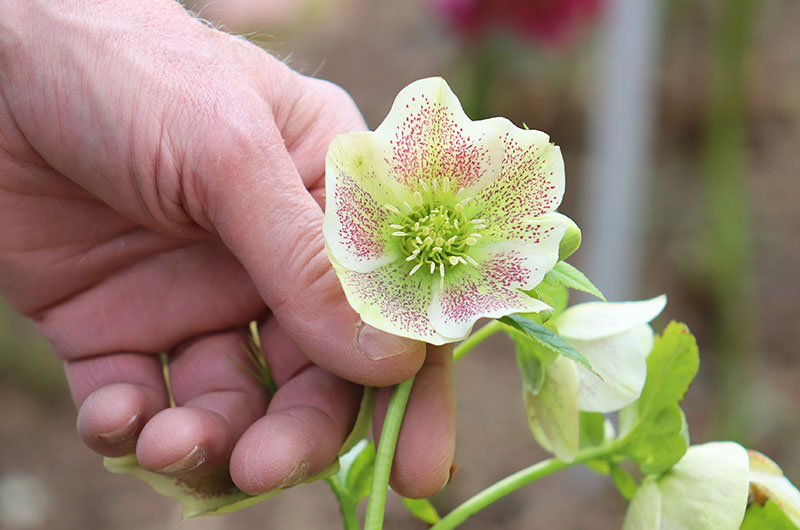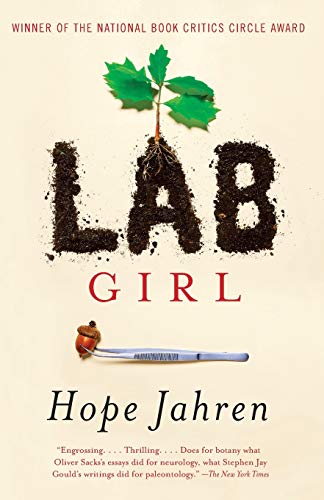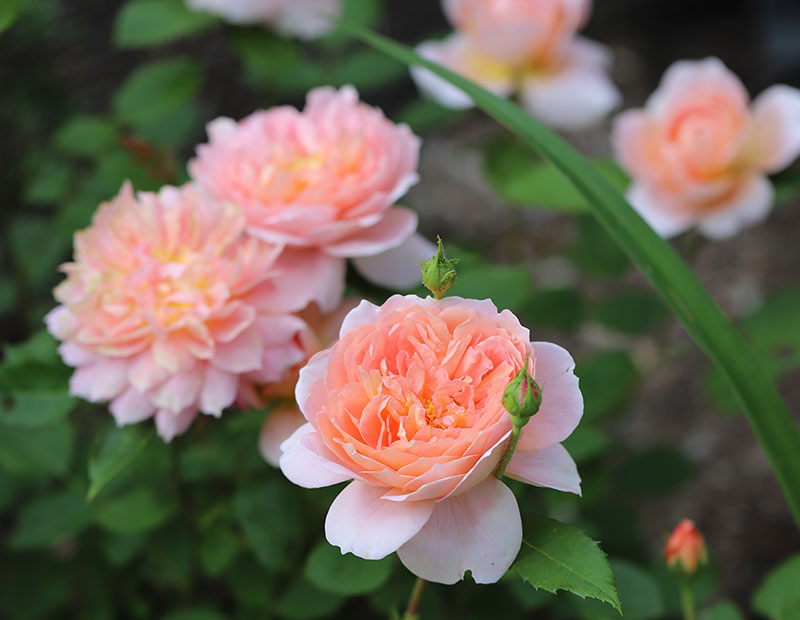
Carding Mill (a David Austin English rose) sat out 2020 in a pot but is happy to be in the ground this year. It greeted us in full bloom upon our return from Georgia.
I call him Bunnykins. Which is ridiculous on many levels, I know. Why come up with an endearing nickname for a creature who is singlehandedly destroying your vegetable garden? And if you’re going to call him something, a sappy name doesn’t seem quite appropriate. Peter would be a more suitable moniker, since our resident rogue rabbit has taken a page straight out of Beatrix Potter’s famous tale, a copy of which I happen to keep on my shelves. (Apparently bunny – and human – behavior hasn’t changed much in 100 years.)
But look, Bunnykins and I get to talking most evenings, and I have to call him something. He’s a little guy, so that’s the name that came out of my mouth when he and I first found ourselves in the garden together — with the gate closed. (He was as surprised as I was and began to bounce off the fence in every direction, looking for an exit, any exit, the likes of which he seemed to have forgotten after his feast of lettuces and French beans. Just like Peter.)
How did Bunnykins get in?
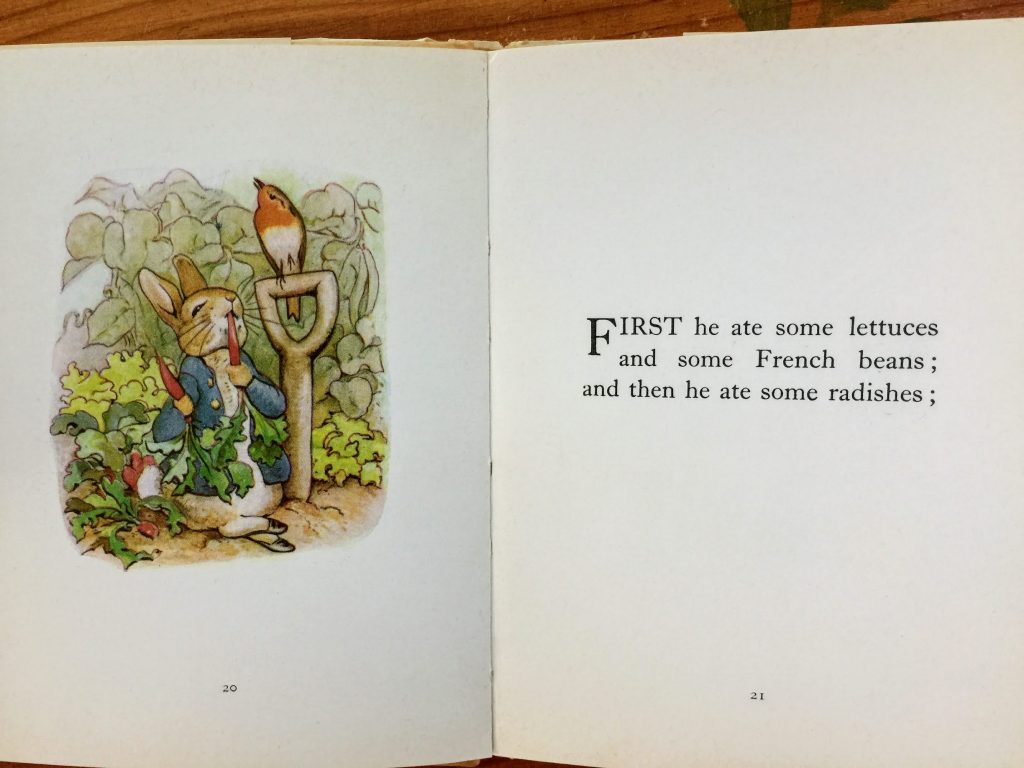
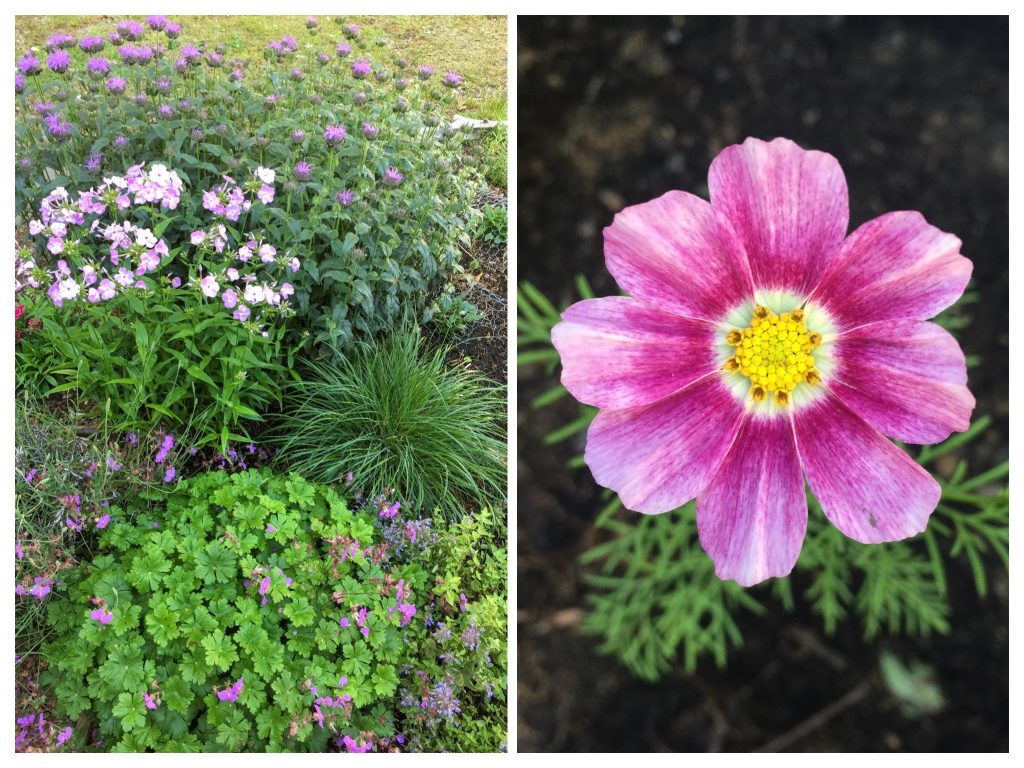
Earlier in the week I came home from Georgia to many beautiful surprises – roses and other flowers in bloom, dozens of peas to harvest, garlic scapes curling, tiny green tomatoes forming on the vine – and one unpleasant surprise that took awhile to completely reveal itself.
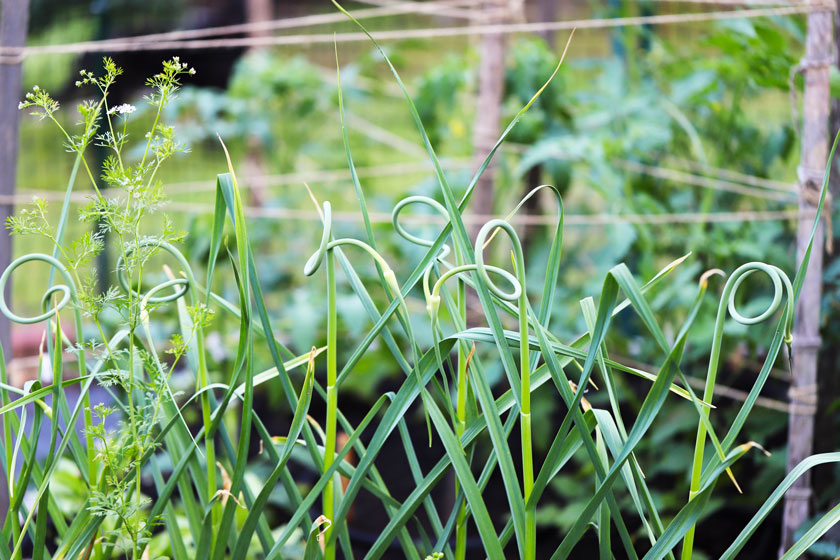
First I noticed the tops of my baby bush bean plants had been lopped off. My struggling little snapdragons were beheaded too. Birds, I thought, those damn crows!
Then I noticed a whole row of lettuce, heads nibbled neatly all the way around into jolly rosettes – rather pretty if you didn’t actually care about eating your lettuce.
Maybe not birds, I thought.
Worst and last: I noticed some of the pea vines were withered. I followed the clues right down to the base of the plants and found them cut off at the knees (so to speak) – completely untethered from their roots, ripped in half by some jagged teeth. I looked up at all the beautiful pea blossoms and newly forming peas at the top of the plants and thought this was just not going to be a good thing if the vines continued to be chewed. I’d lose dozens, maybe hundreds of peas.
Still there was one reason to hope – the vines were clinging to the back fence and it looked like whatever (whomever) was gnawing the bottom of the vines was doing it from outside the garden, grabbing the vulnerable vines that had meandered outside the fence.
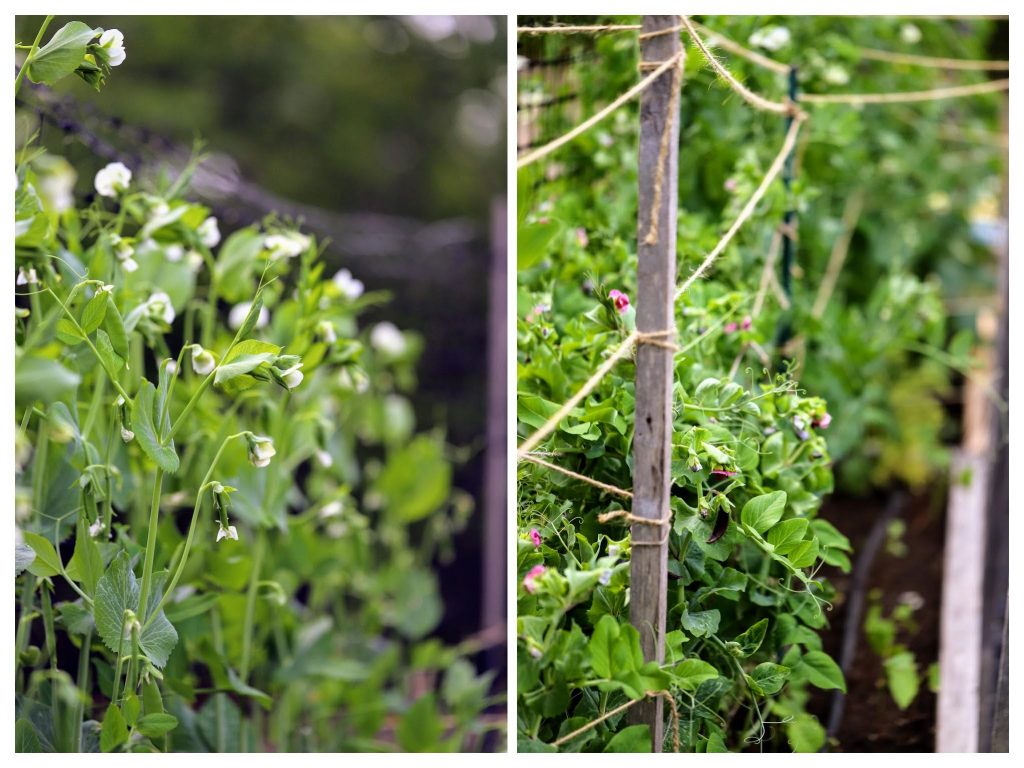
However, the very next night I found severed pea vines inside the garden, parts lying around like Lincoln Logs in the path in front of the bed. Not an outside job. Critter (please, please, don’t be a rat) was working on the inside, under the cover of darkness.
Critter had found an easy way into the fenced garden, so I began to scour the fence. I was worried because I knew our fence was not as secure as it should have been. We’d had to leave for Georgia in the midst of a garden expansion project. (Thanks to a small retaining wall and some fill, we have been able to nearly double the size of our little vegetable garden to make room for my cut flowers.) We’d quickly erected the deer fencing but hadn’t added the chicken wire around the bottom. I soon discovered that our critter had taken advantage of this and simply chewed through the plastic deer fencing in a few places. I’d certainly seen that before back on the farm – and it was almost always the work of a wily wabbit.
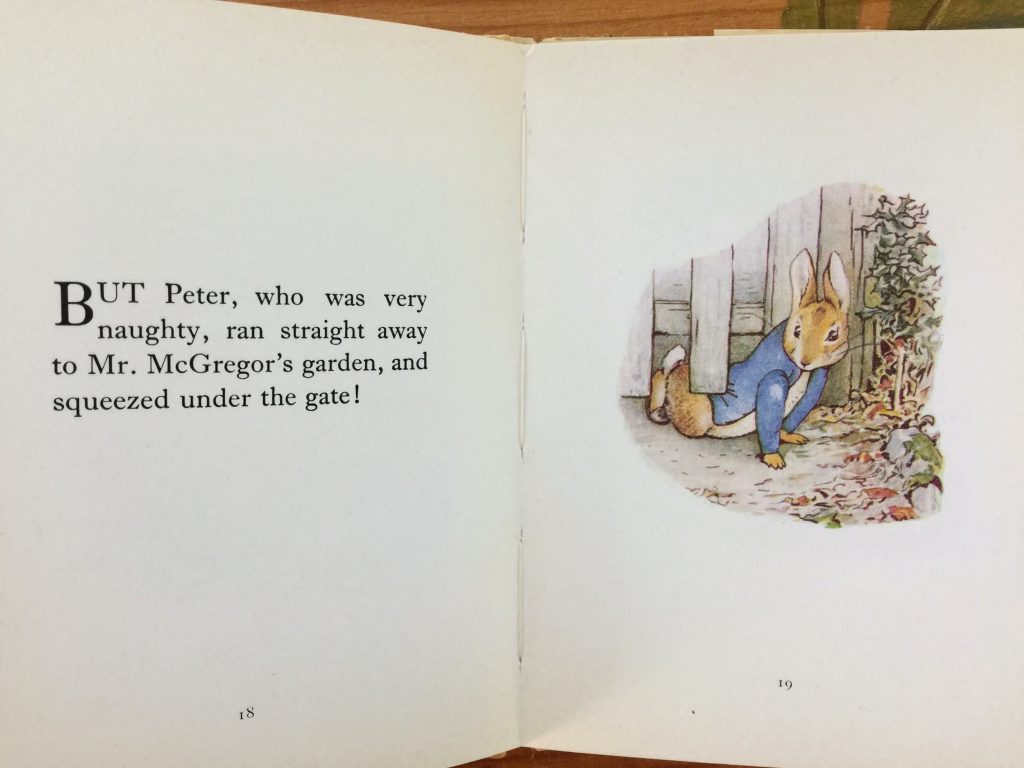
It’s not like I hadn’t already noticed Bunnykins in our yard. He – and his appetite – were quite evident in the perennial garden. I often saw him out around dusk, and in the morning the coneflowers were another inch shorter. (I’ve tried really hard to plant deer- and rabbit-proof perennials, but apparently I was asleep at the wheel when I added multiple echinacea to our beds.)
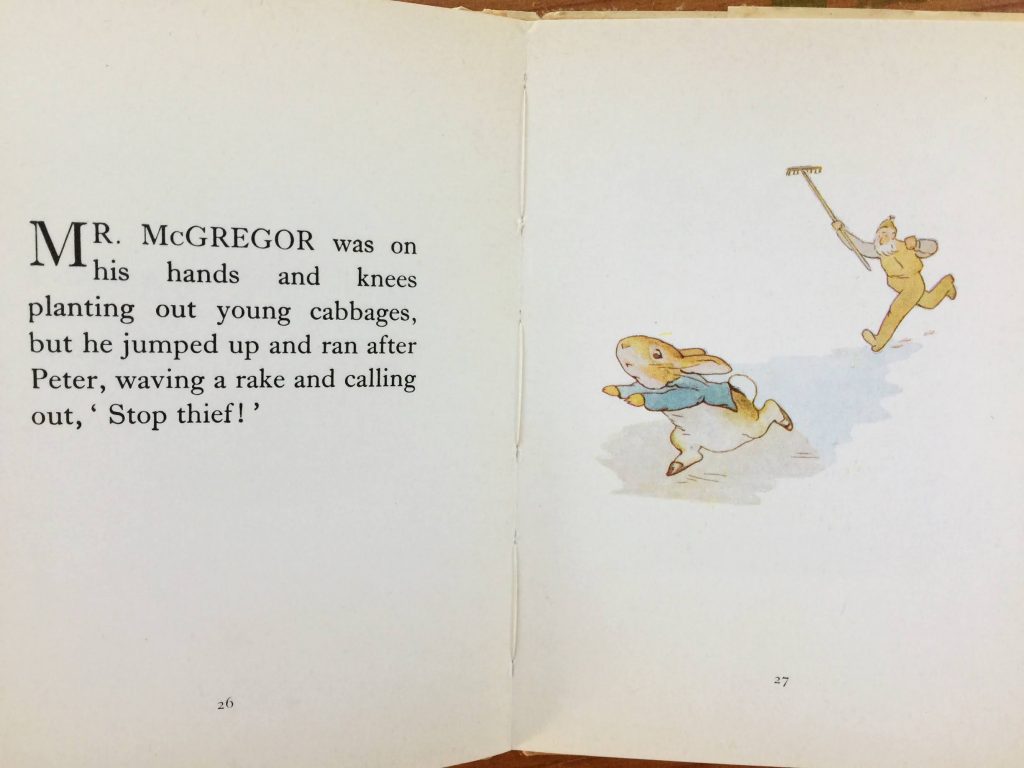
The night Bunnykins and I met face to face in the garden was the night after I began a harried effort (this was during the work week – the real work would have to wait for the weekend) to run as much chicken wire along the bottom of the fence as I could, and to barricade the rest with bags of mulch and bricks.
I thought I’d done a pretty good job, but now here I was inside the garden, and who should I meet? I caught him right in the pea bed. The only good news was that now I could be 100 percent sure I wasn’t dealing with a rat.
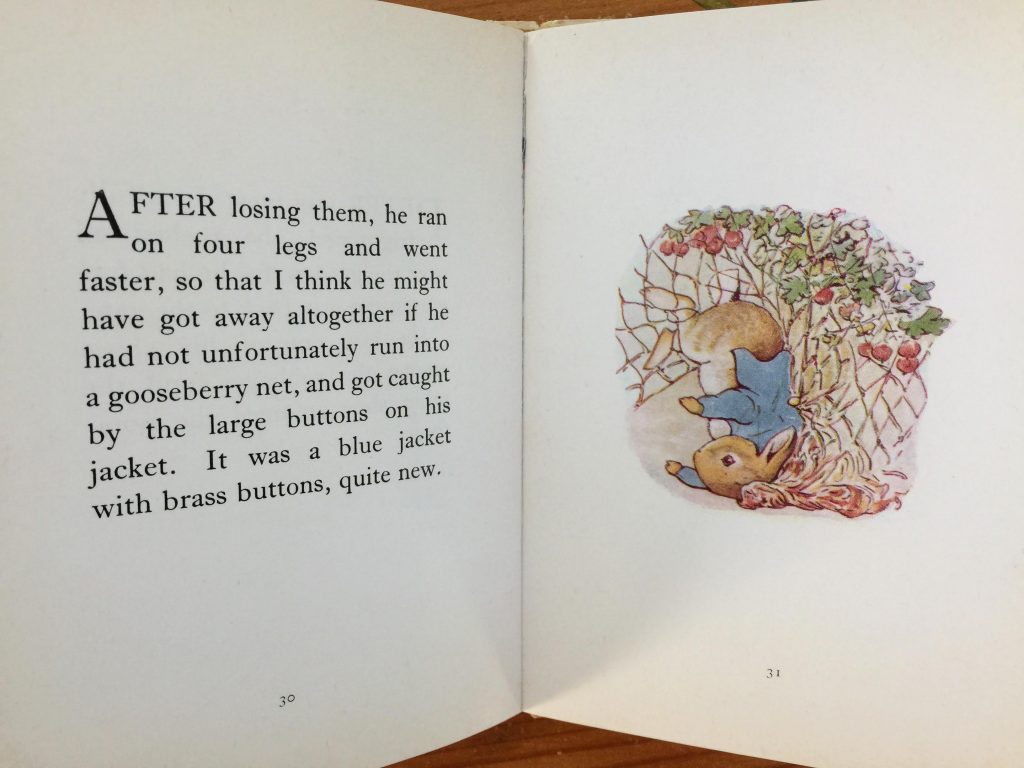
I can’t say that I really chased Bunnykins with a rake like Mr. McGregor chased Peter, but I was anxiously following him as he rushed around looking for an exit – I wanted to know if he was going to find a secret spot to get out. Darn if he didn’t disappear, squeezing between the raised tomato bed and the back fence into a space I never really would have thought of as wide enough for anything other than a slug to transgress.
By this time, both my partner and Farmer were on the scene. Thinking Bunnykins was hiding – that there was no way he could have gotten out – we shined the flashlight in all the nooks and crannies. Honestly, it was like the final scene in The Sound of Music when the Von Trapps hide in the Abbey cemetery. I pictured Bunnykins with his back up, trying to be vewy vewy quiet and not move a muscle as the flashlight flooded back and forth.
In searching we found that, in truth, the narrow space between the raised beds and the back fence , obscured by clumps of grass, was actually a perfectly fine little rabbit tunnel. A great place to hide or move around under cover (but not escape, since this older part of the fence was locked in with chicken wire). But Bunnykins was not in the grassy tunnel, not anywhere. He’d found a way out. We left, shutting the gate, and I went back again before bed with the flashlight to make sure he wasn’t inside.
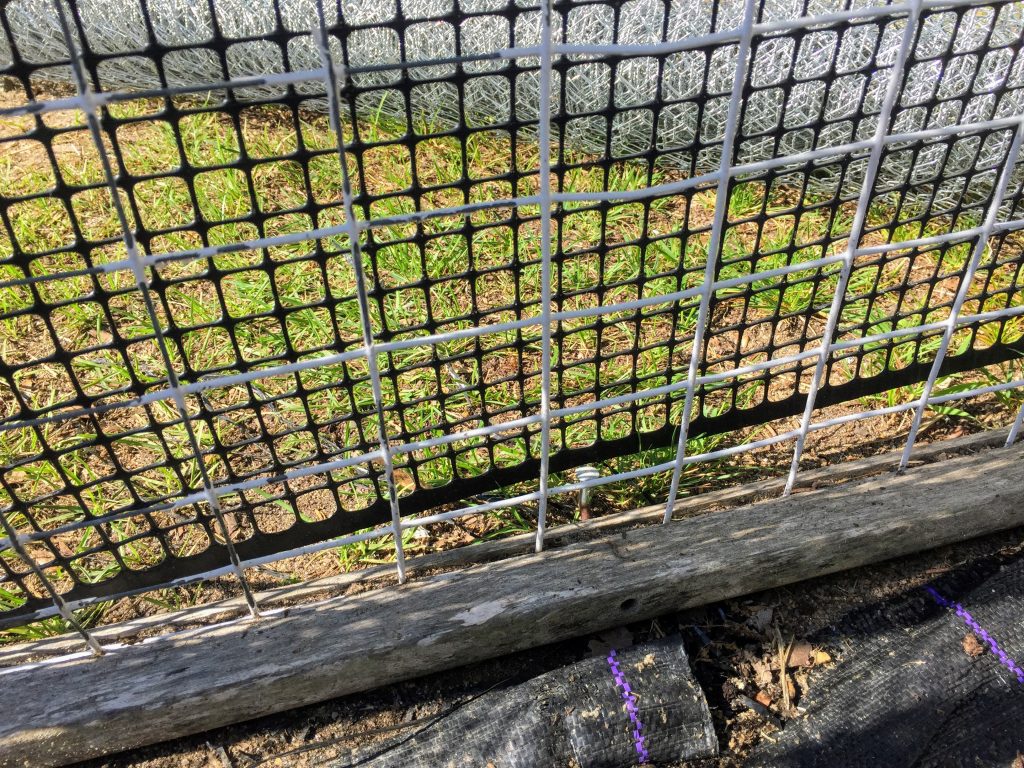
It was only in the morning when I scoured the fence again and looked for places just big enough for him to squeeze through (remember, he’s pretty small), that my eyes settled on the entrance gate, not the fence. It’s the only gate into the garden, an old baby gate turned on its side, covered with plastic hardware cloth. The baby gate has 2-inch openings. The plastic hardware cloth has only ½-inch openings and is plenty sturdy enough to withstand chewing. But that morning I noticed we’d never completely attached it to the bottom rail of the gate. Essentially, I could see now by lifting the hardware cloth up, it could act as a kind of bunny door (a flap, like a cat door) if you ran through it from the inside. (Though I don’t think a bunny could lift it to enter from the outside!)
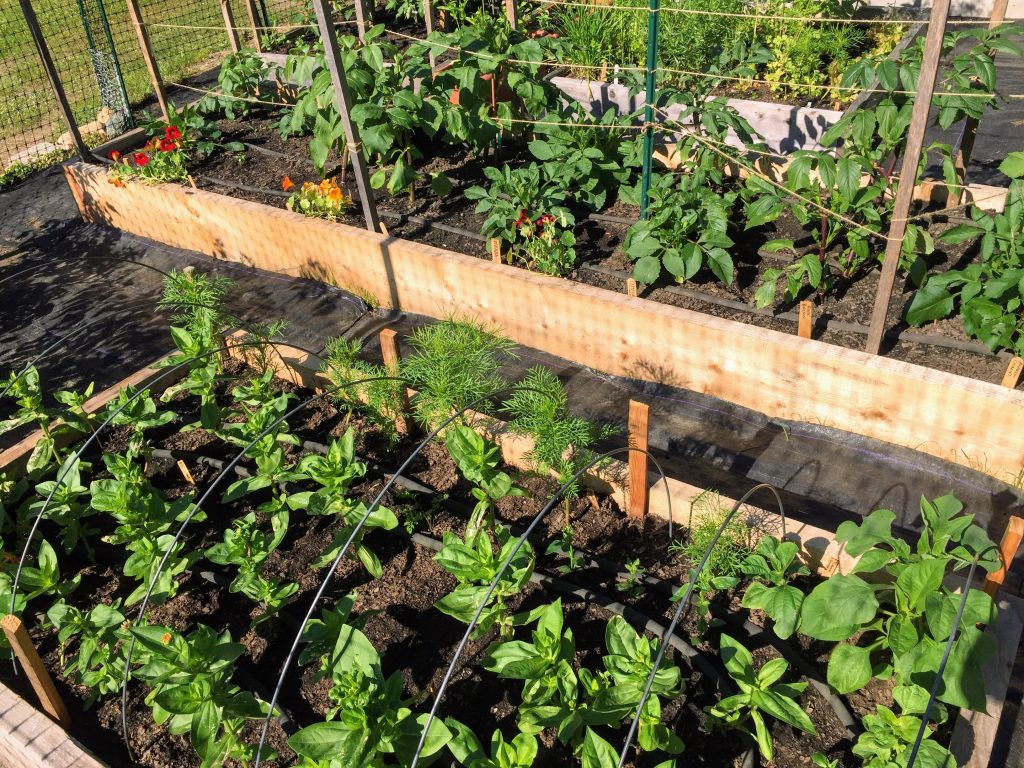
I’m pretty sure that’s how Bunnykins got out that night we were tailing him, as the end of the little tunnel along the back fence brings you (if you’re a little rabbit) right to the gate. I think he got IN to the garden that evening when I was working in there with the gate open.
I quickly devised an instant temporary solution to the gate problem by jamming a roll of chicken wire against the bottom of the gate when I left. (Yes, you could call me Ms. MacGyver rather than Ms. McMiddleton. No one ever said I was the queen of infrastructure, and luckily I have help from my partner with the real work.)
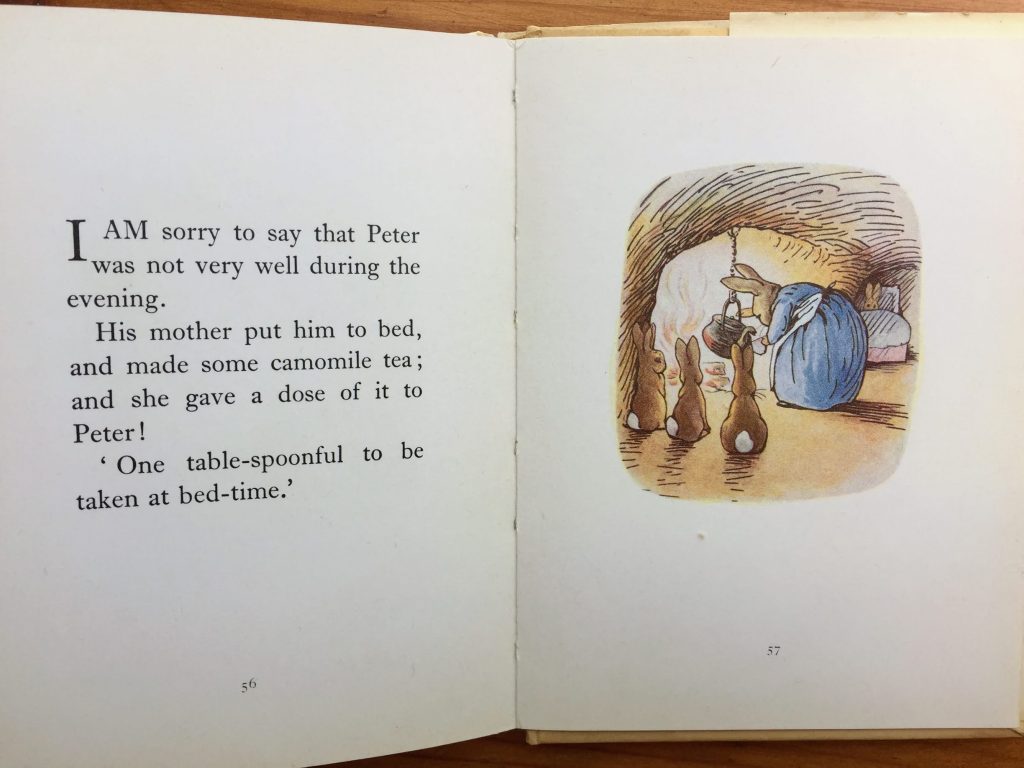
The last two nights, I’ve greeted Bunnykins outside of the garden. He’s been hanging out up on the hill where the garden is, near or under the garage steps (a favorite hidden lookout spot for him), clearly baffled by the newly fortified fortress. Inside the garden, there’s been no pea damage and the lettuce is growing back. And we set to work on finishing the fence this weekend.
Perhaps Mrs. Rabbit (Bunnykins’ mother) will put him to bed with some chamomile tea, reassuring him that another day will come, another human error will occur, and by then the carrots will be ready for digging.
P.S. You may wonder why I’m so sure that Bunnykins is one rabbit and not one of many. Well, I have no doubt that it’s a virtual Watership Down around here, but most of the rabbits we see out in the field in front of our house are large, mature rabbits that would have trouble getting through small holes. Bunnykins is not a baby, but he is small enough (a teenager?) to be distinctive, and tends to favor a particular schedule and favorite grazing spots. Alas, removing Bunnykins from the premises, as some have suggested we do, wouldn’t solve much. I’m sure there are more Bunnykins in Mrs. Rabbit’s warren.
LOOKING FOR RECIPES?
Visit cookthevineyard.com and sign up for the free weekly newsletter. (Something I do as part of my day job.)

